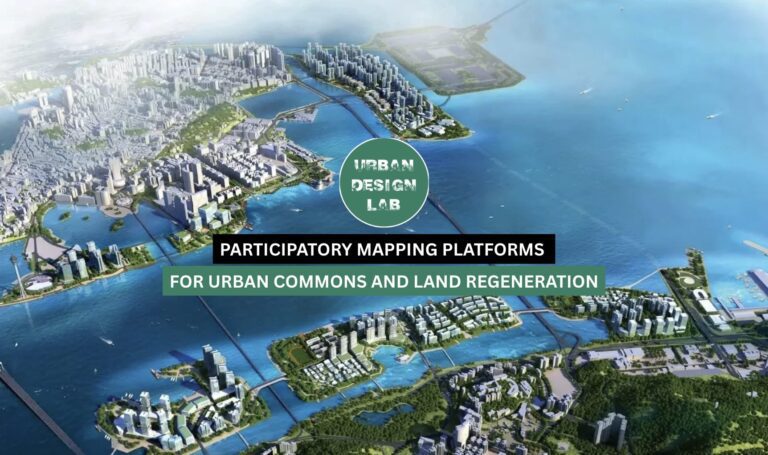
Planning for Urban Festivals: Temporary Transformations of Public Space
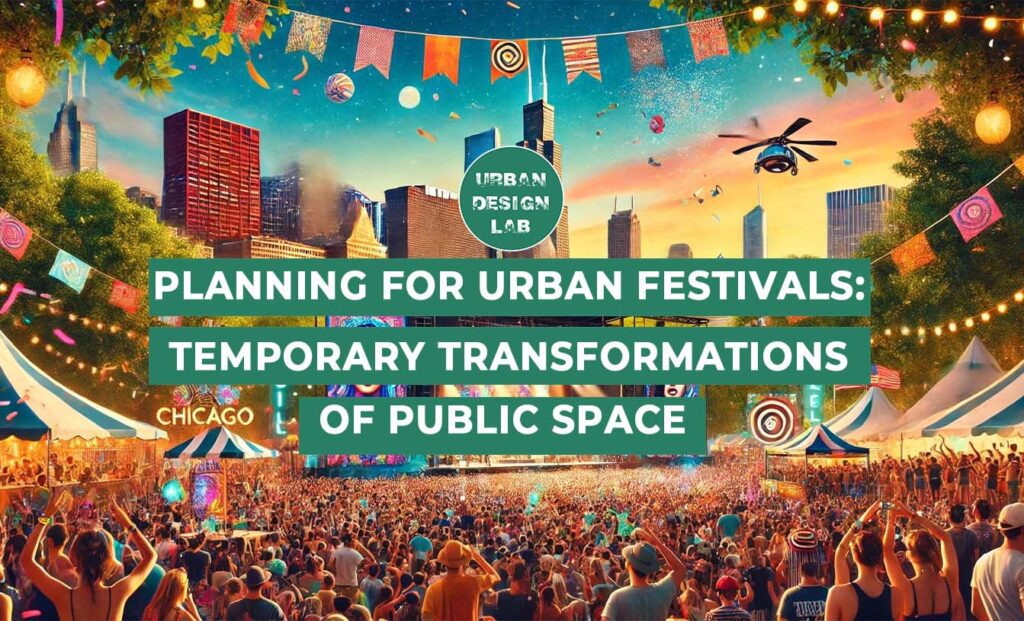
Urban festivals enliven cities in ways few other events can. They temporarily alter the tempo of daily life and allow people to reconnect with their surroundings and each other. Festival transformation of public space, perhaps menial, even for days or so, and the unfolding of these moments influencing city design and experience, are matters at issue in this article. Using real examples, we analyze what makes these occasions so effective and why the world is concerned by more than just music, art, and performance. Festivals talk about celebrations and serve to affirm that cities exist, remain alive, are ever-changing, and are molded by the people. When any stretch of road suddenly becomes a venue or a park gets converted into an impromptu picnic ground, it cements a shared memory of what it could mean to come together to express and feel that they belong. Those moments might be fleeting, but these experiences can stay embedded in memory—both in that place and in the locals’ consciousness.
Introduction
There’s always something magical about walking through a city during a festival. The streets seem more laid-back; strangers become neighbors; familiar spots turn into sites of surprises. The events are more than entertainment—they are tests of living together. In the high-wired atmosphere of lights, music, food, and celebration, we get rare glimpses of what our cities would look like had they been planned for the people themselves. Festivals create a withdrawal from the normal, prompting us to reflect on how we use space and what it means to belong in public. They are equally playful and political, often contesting the accepted manner of urban life’ structuring. So, festivals become a snap of urban imagination: possibilities in public space to re-imagine, re-inhabit, and reclaim the city. Whether for just a day or for weeks, all these acts show that cities could be much more flexible and responsive than we might ever have thought.
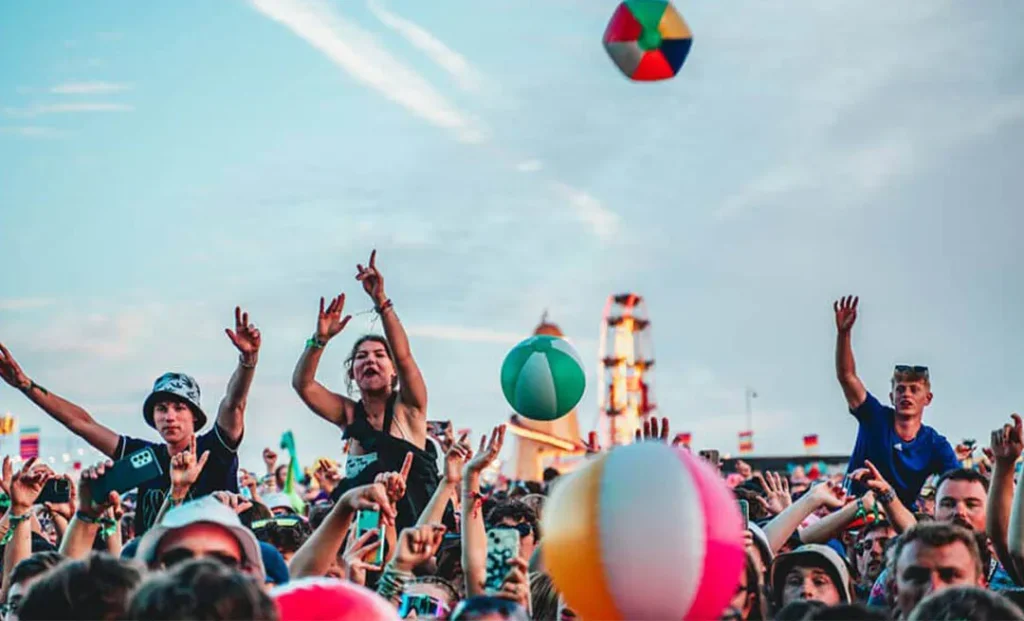
The Power of Festivals in Shaping Cities
A city gets transformed when it hosts a festival. Sidewalks become places to dance, intersections hold conversations, and abandoned spaces become alive again. These changes may be temporary, but their impact can last long after the event ends. Festivals make people reconnect with their environment and with one another. They create shared memory, open engagements, and encourage people to move through spaces previously embedded in routine patterns. In neighborhoods where public spaces feel unsafe or are just not used, festivals shine a spark of light and life into the community. They give a feeling of ownership and belonging so that a community can view its own city from different eyes. Furthermore, festivals bring together people from different social backgrounds and generate a new social fabric. If well designed and well thought out, they grow into celebrations that include and embrace every form of expression. They bring home the idea that public space is for activities other than just walking through: for stopping, doing, and engaging.
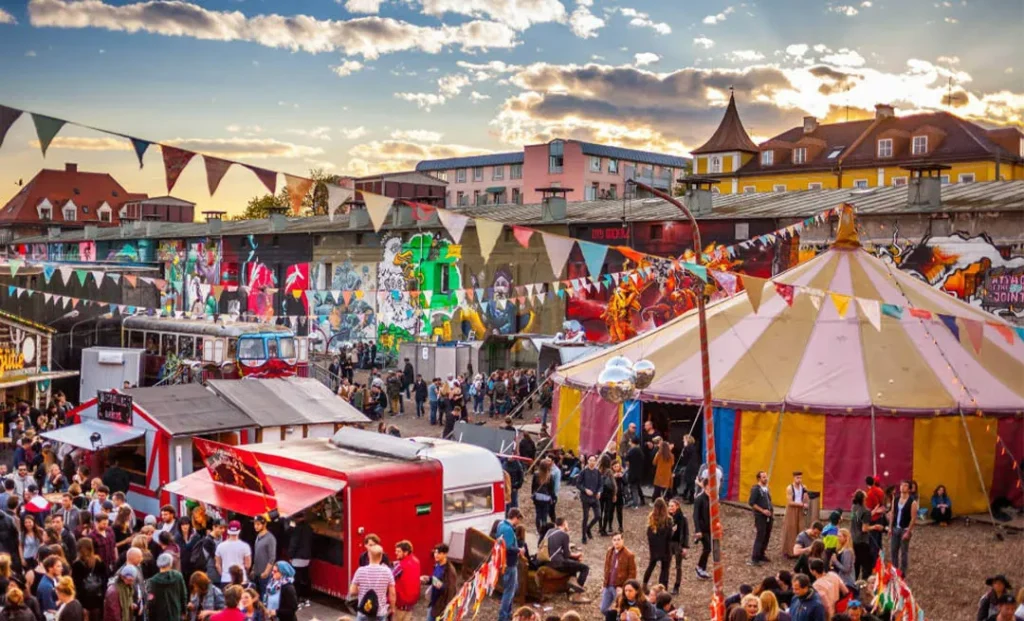
Source: Website Link
Designing for Temporary Transformation
Designing festivals is more than just creating a stage and calling it a day. It involves constructing a fleeting city capable of working for everyone. Street closures, seating arrangements, lighting, chilling, anything and everything has to be considered. The best spaces for festivals do not really feel like they are there with planning behind it. Designers consider how people move through space, where they are going to stand, or congregate, and how to keep things accessible and safe. That of course means making room for spontaneous activities, such as dancing, sitting, or watching. Interesting enough, loads of the things we bring in temporarily, whether it is pop-up seating or shade, actually point out what the place lacks for the rest of the year. To that extent, the festival first displays what could be while also shedding light on what is needed. So, when cities pay heed, really small things like benches, lighting, or car-free days can stay around much longer after the party is over.
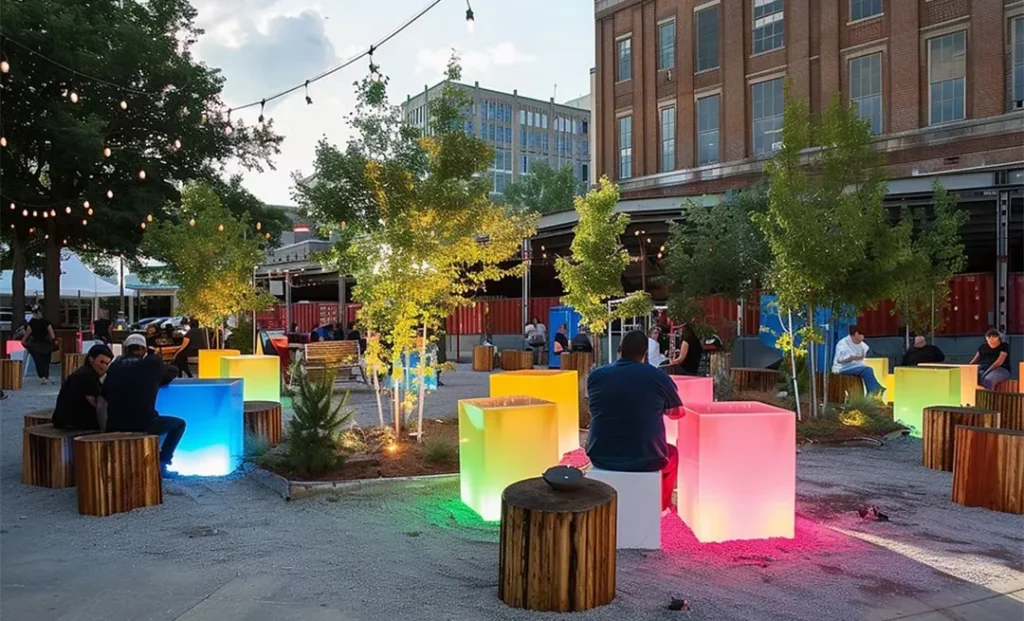
Case Study 1: Park(ing) Day – Global
Turning a parking spot into a little park … or a playground, even if just for a couple of hours. That is the essence of Park(ing) Day, which started in San Francisco and now spreads to cities across the globe. Participants spread out some turf, bring in their chairs or maybe a little garden. It is a beautiful silent-protest to anti-car life in the city, and more-so, casts an invitation to reimagine public space. These small pockets of green make folks talk about whom streets are for and what kinds of cities they want to live in. A lot of cities have since adopted some of these temporary “parklets” and made them permanent. The message in this: a little fun act can lead to a large change.
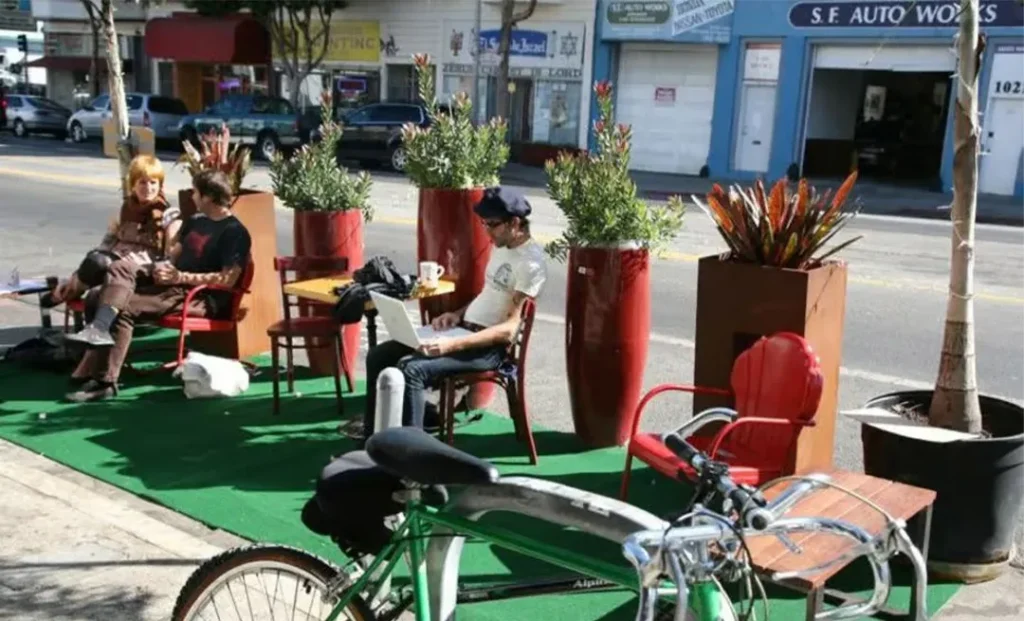
Case Study 2: Infecting the City – Cape Town, South Africa
During “Infecting the City” art is everywhere on the streets of Cape Town. Performances are executed under bridges, in alleyways, at bus stops. This is not a festival that defines borders, it is one that travels with the city. The objective? To make art accessible to people, especially those who would never even think of going to a gallery or a theater. This approach transforms public space into something more democratic, accessible, and alive. When people see a dancer in the middle of their journey, or read a poem on a wall, it definitely changes the way they see their city and maybe even the way they see each other. “Infecting the City” has not only the idea of art in its core, but also it’s the concept of presence. It invites people to stop, observe, and get involved. It is not always pleasant, but it is always authentic.
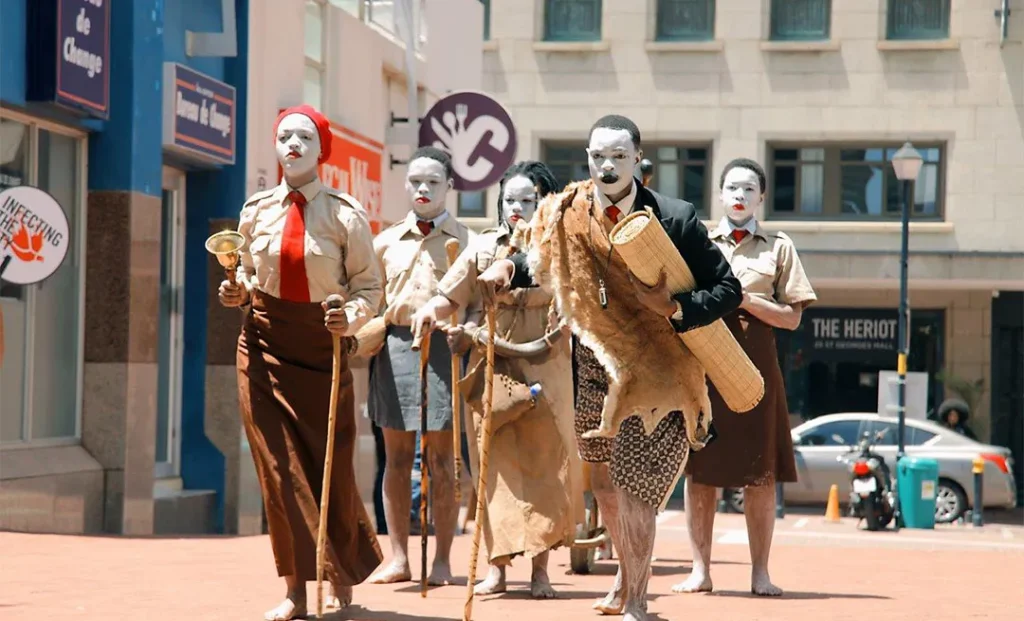
Case Study 3: Setouchi Triennale – Japan
Scattered across Japan’s Seto Inland Sea are islands which were once known for fishing and industry. Those things have all but disappeared and so have the people. But the Setouchi Triennale has brought new life—through art. Every three years, artists from all over the world come to make site-specific pieces: sculptures in old schools, performances at ferry ports, murals on forgotten buildings. Locals host, guide and they collaborate. Visitors come by boat, which makes traveling part of the experience. The festival is not only about art—it also rebuilds pride, invites storytelling, and even assists small towns to remain visible. It’s a slow kind of regeneration, driven only by the power of artistry and care.
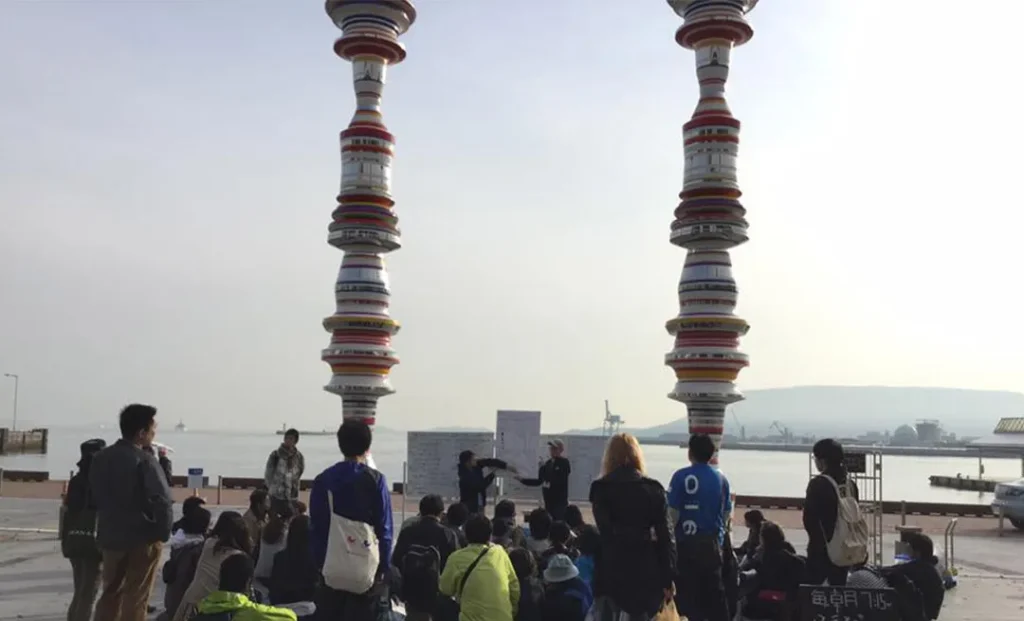
Challenges
While festivals can be powerful and inspiring, they are not always easy to organize or execute successfully. They can be of high cost, complicated in terms of logistics and even cause controversies. People living in the neighborhood may feel that they are no longer part of the community or have their lives disturbed. The places are not all the same and some of them are less equipped to receive large numbers of people. Also, sometimes, after the music is over, the expected changes are no longer there.
Moreover, success can bring gentrification, which may be worse, as this will result in the disappearance of the very same communities whose hearts have become the source of the festival. So, the question is, how can we still keep the good while banishing the evil? The solution is in inclusive planning—inviting in the local voices at the early stage and thus making the event a perfect fit for the place. This means more listening and less top-down decision-making.
Therefore, it also entails pondering over what will become of the place after the festival has ended: what can be there, who stands to benefit, and who is still there.
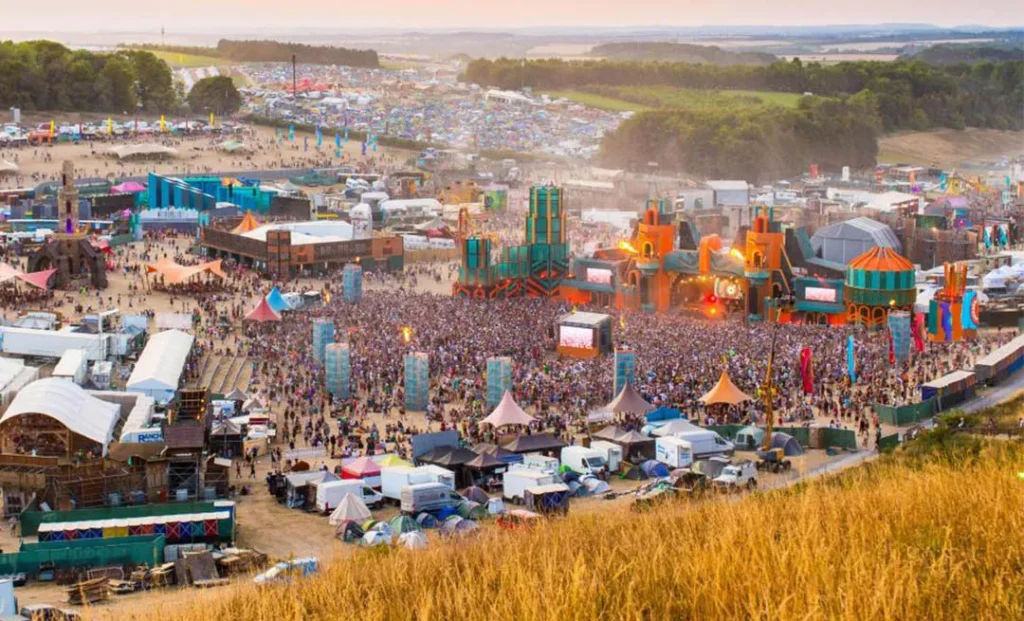
Lessons Learned
Despite the issues, festivals provide a unique chance: to perform experiments. To do something different, even if it was just for a weekend. Streets without cars? Let’s try it out. Spaces for pop-up art? Sure. These temporary alterations uncover the needs, the likes, and the desires of people. And when cities listen, they usually turn those changes into permanent ones. For instance, a bench added to a festival might remain there. A street closed to cars one time could become a regular pedestrian zone. The best festivals come into existence as a result of collaboration— not only between designers and artists, but also cities and citizens. They are joy-based as well. That joy is powerful. It energizes people and makes them feel that their city still belongs to them—it can even change, and they can be those who change it.
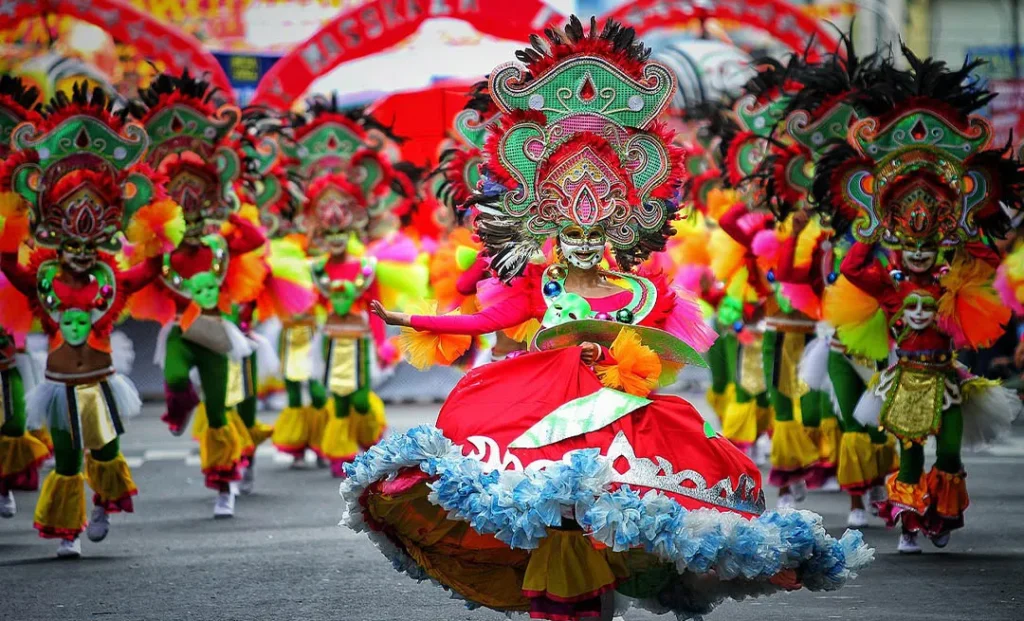
Conclusion
In moments of joy—when the lights go up, the music plays, and strangers embrace—something meaningful happens. We remember what it is like to belong. And we start dreaming about what might be. So don’t let’s belittle a weekend of art or a car-free day. Let’s see it as a beginning. A question. A moment to make something better. Because sometimes even the most fleeting events leave the deepest impression. Urban festivities are not primarily about fun. They’re about human nature. They lead us to see our cities not as cold, stoic structures, but as living worlds that inhale, transform, and make us sensitive. In those shared moments, we rediscover the essence of urban life—connection, creativity, and collective belonging.
References
- Urban Design Lab. Urban Festivals and Public Spaces. Retrieved from: https://urbandesignlab.in/urban-festivals-and-public-spaces/
- Elsayed, S. (2022). Temporary Urban Interventions in Public Space. ResearchGate. Retrieved from: https://www.researchgate.net/publication/366636700_Temporary_Urban_Interventions_in_Public_Space
- ArchDaily. Temporary but with Long-Lasting Effects: 6 Ways Architecture Festivals Can Revitalize a City. Retrieved from: https://www.archdaily.com/991631/temporary-but-with-long-lasting-effects-6-ways-in-which-architecture-festivals-can-revitalize-a-city
- Sustainability Journal (2021). Temporary Uses as a Tool for Urban Regeneration. MDPI. Retrieved from: https://www.mdpi.com/2071-1050/13/4/1652
- Frontiers in Built Environment. Temporary Public Space and Tactical Urbanism. Retrieved from: https://www.frontiersin.org/articles/10.3389/fbuil.2023.1161856/full
- American Society of Landscape Architects. Park(ing) Day. Retrieved from: https://www.asla.org/parkingday.aspx
- Wikipedia. Infecting the City. Retrieved from: https://en.wikipedia.org/wiki/Infecting_the_City
- Setouchi Triennale. Official Festival Website. Retrieved from: https://setouchi-artfest.jp/en/
- SpringerLink. The Role of Festivals in Public Health and Urban Well-being. Retrieved from: https://link.springer.com/article/10.1007/s40572-021-00314-8
- Wired. The Interventionists’ Toolkit: Pop-Up Urbanism in Practice. Retrieved from: https://www.wired.com/2011/01/the-interventionists-toolkit/
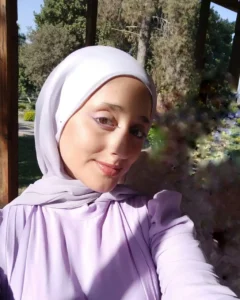
Malak Mohamed Ahmed
About the Author
Malak Mohamed is an architecture student at Helwan University. She is passionate about exploring the intersection of design and community, and how architecture can become more human-centered, inclusive, and sustainable. Her work and writing focus on spatial justice, community empowerment, and reactivating urban spaces through people-driven solutions.
Related articles

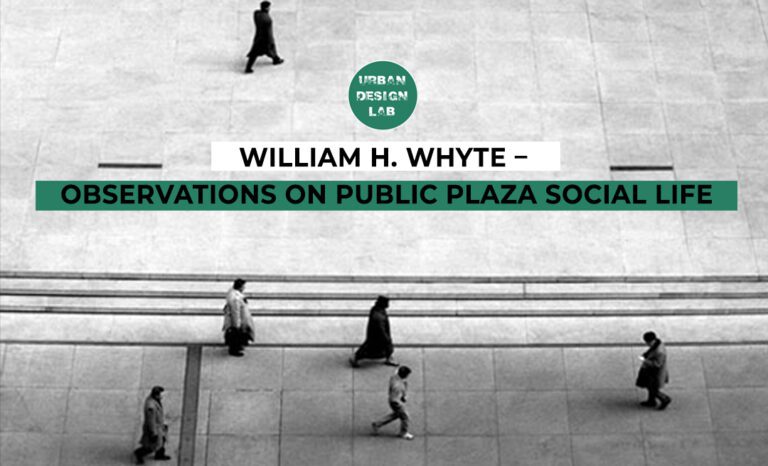
William H. Whyte public space theory
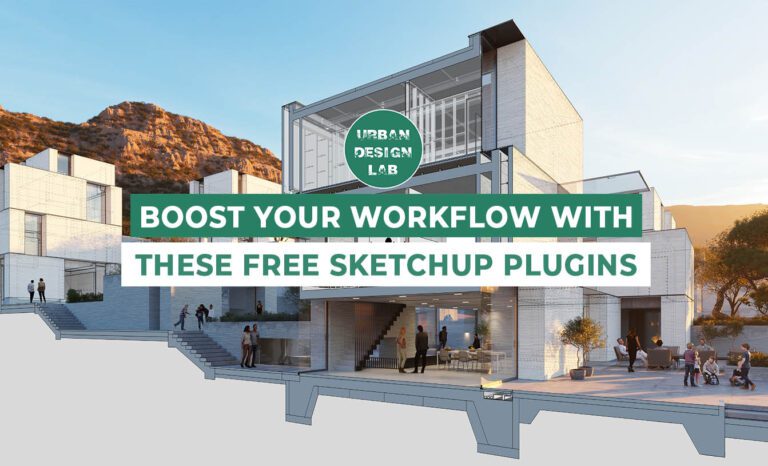
Boost Your Workflow with These Free SketchUp Plugins
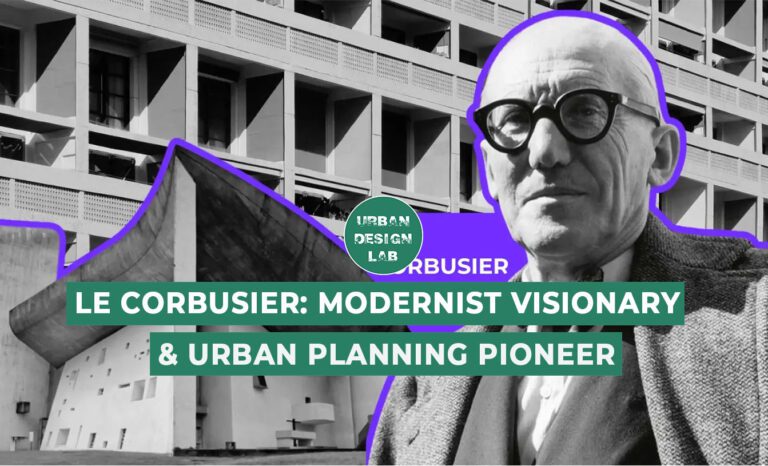
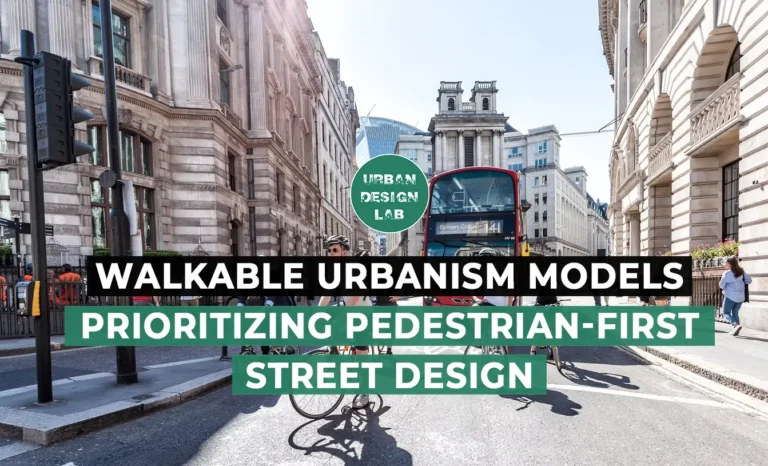
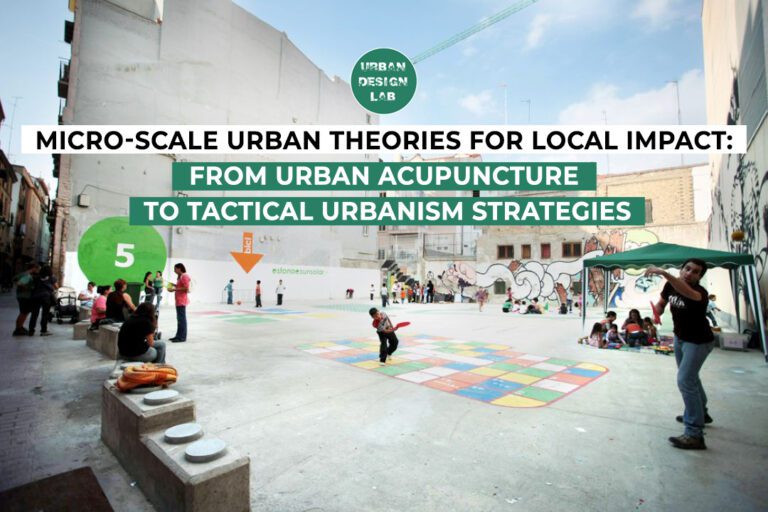
UDL Illustrator
Masterclass
Visualising Urban and Architecture Diagrams
Session Dates
17th-18th January 2026

Urban Design Lab
Be the part of our Network
Stay updated on workshops, design tools, and calls for collaboration
Curating the best graduate thesis project globally!
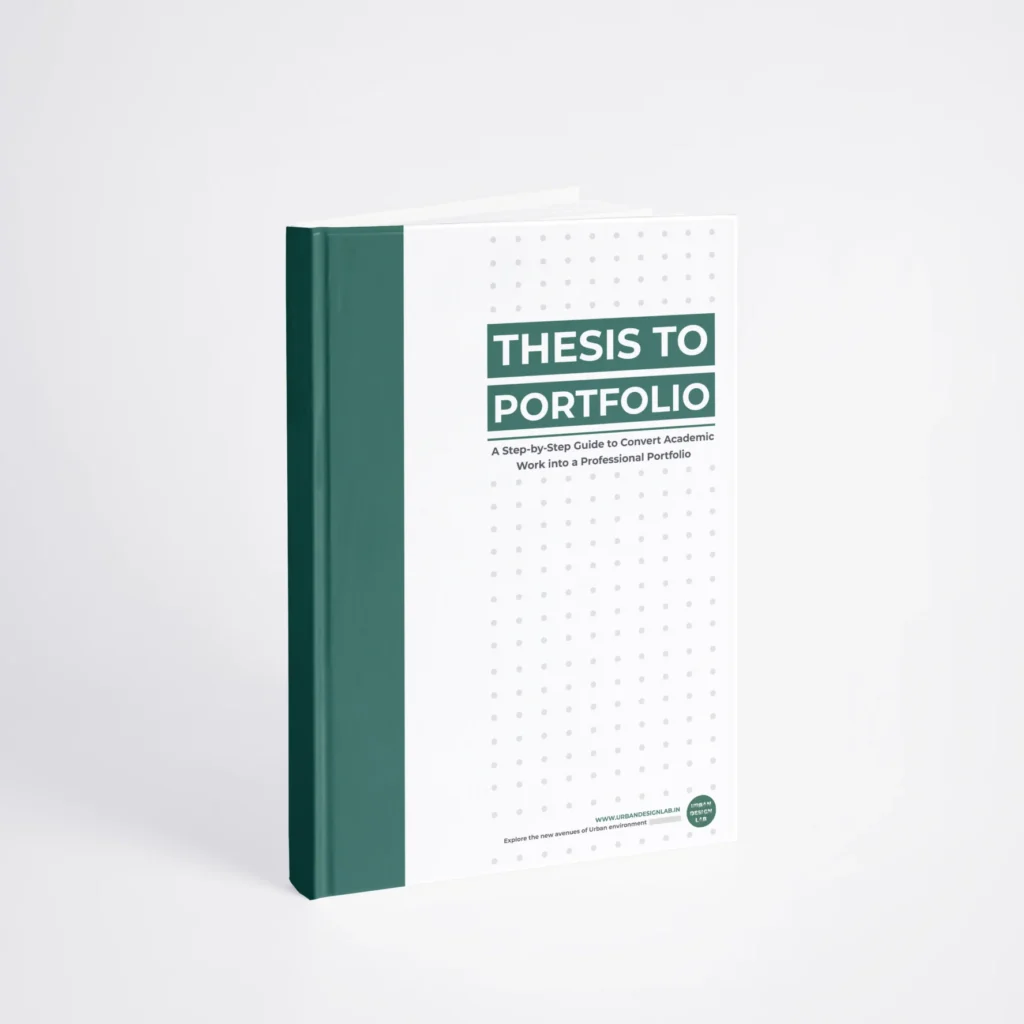
Free E-Book
From thesis to Portfolio
A Guide to Convert Academic Work into a Professional Portfolio”
Recent Posts
- Article Posted:
- Article Posted:
- Article Posted:
- Article Posted:
- Article Posted:
- Article Posted:
- Article Posted:
- Article Posted:
- Article Posted:
- Article Posted:
- Article Posted:
- Article Posted:
- Article Posted:
Sign up for our Newsletter
“Let’s explore the new avenues of Urban environment together “
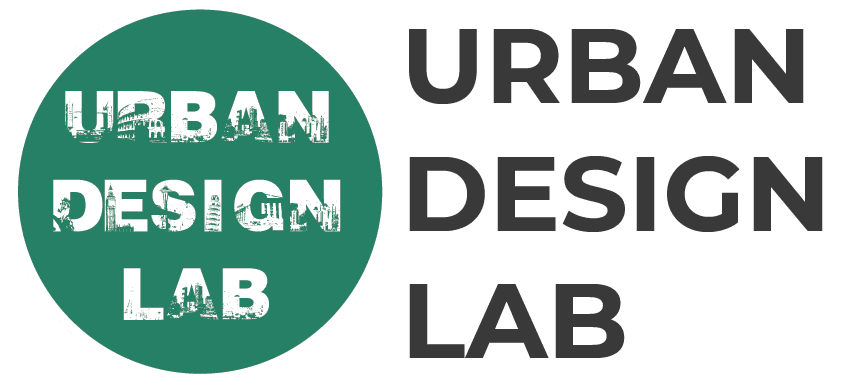
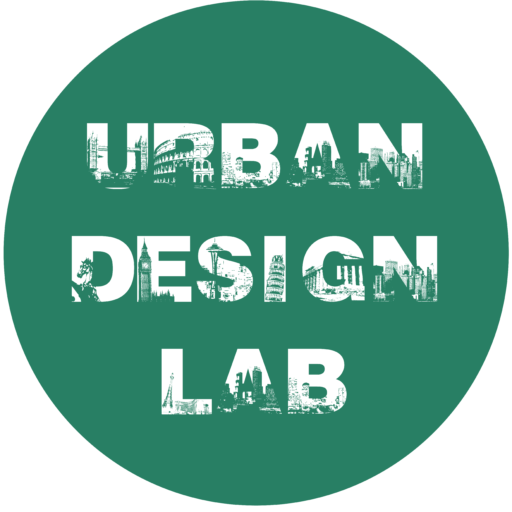
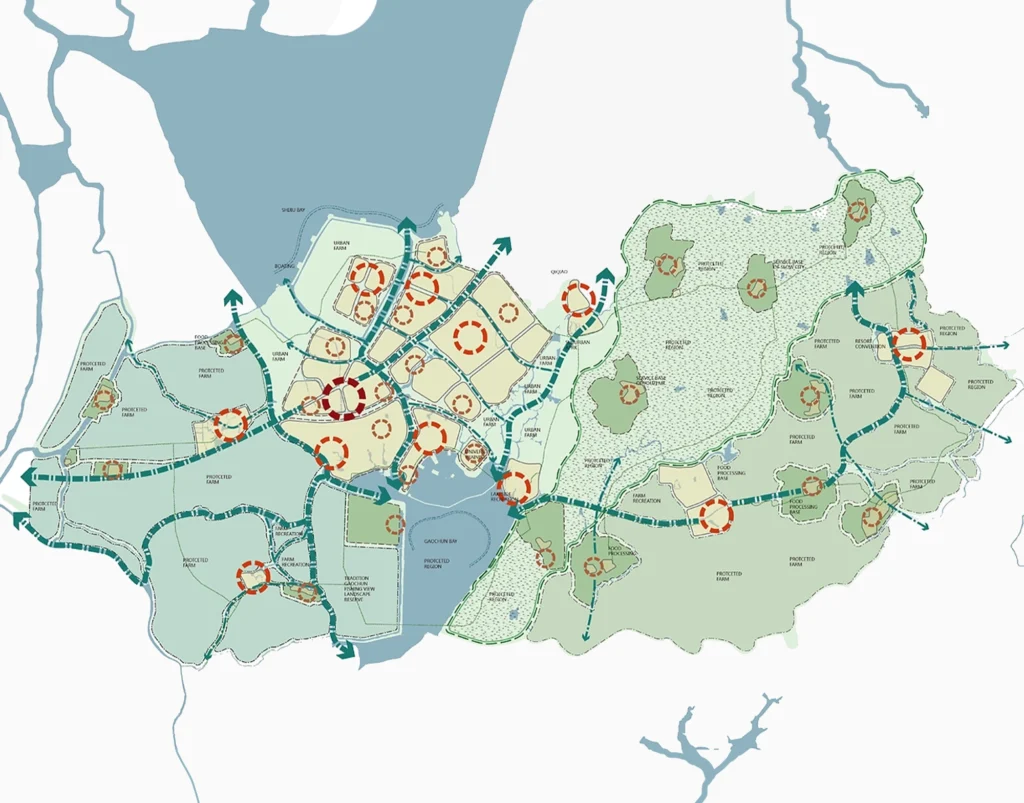
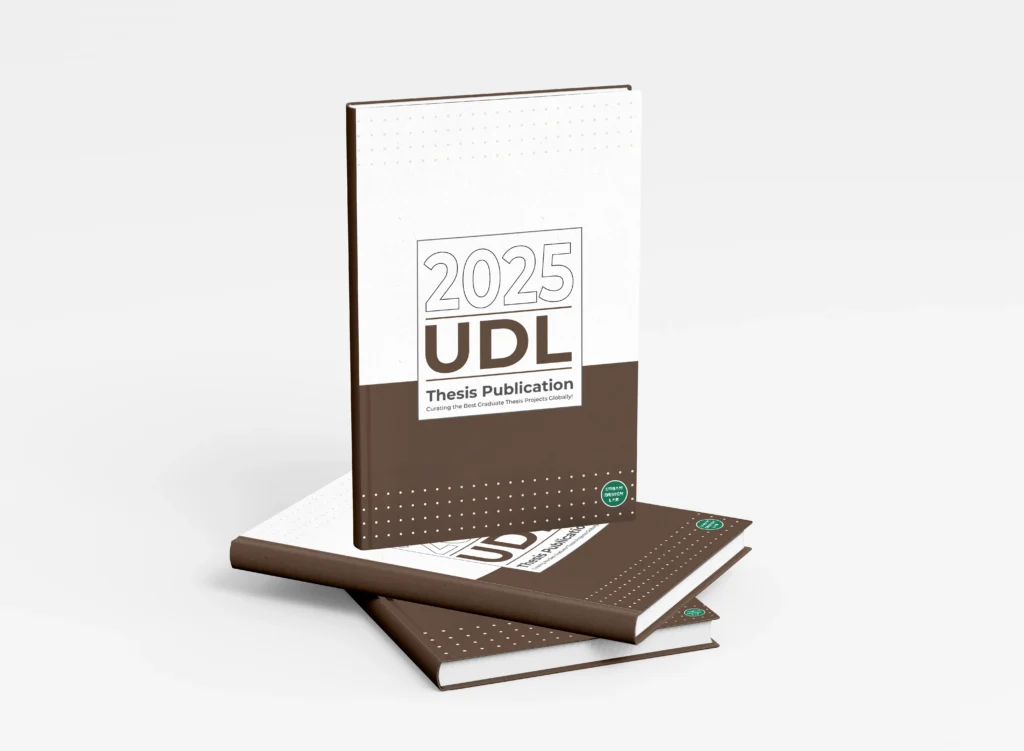
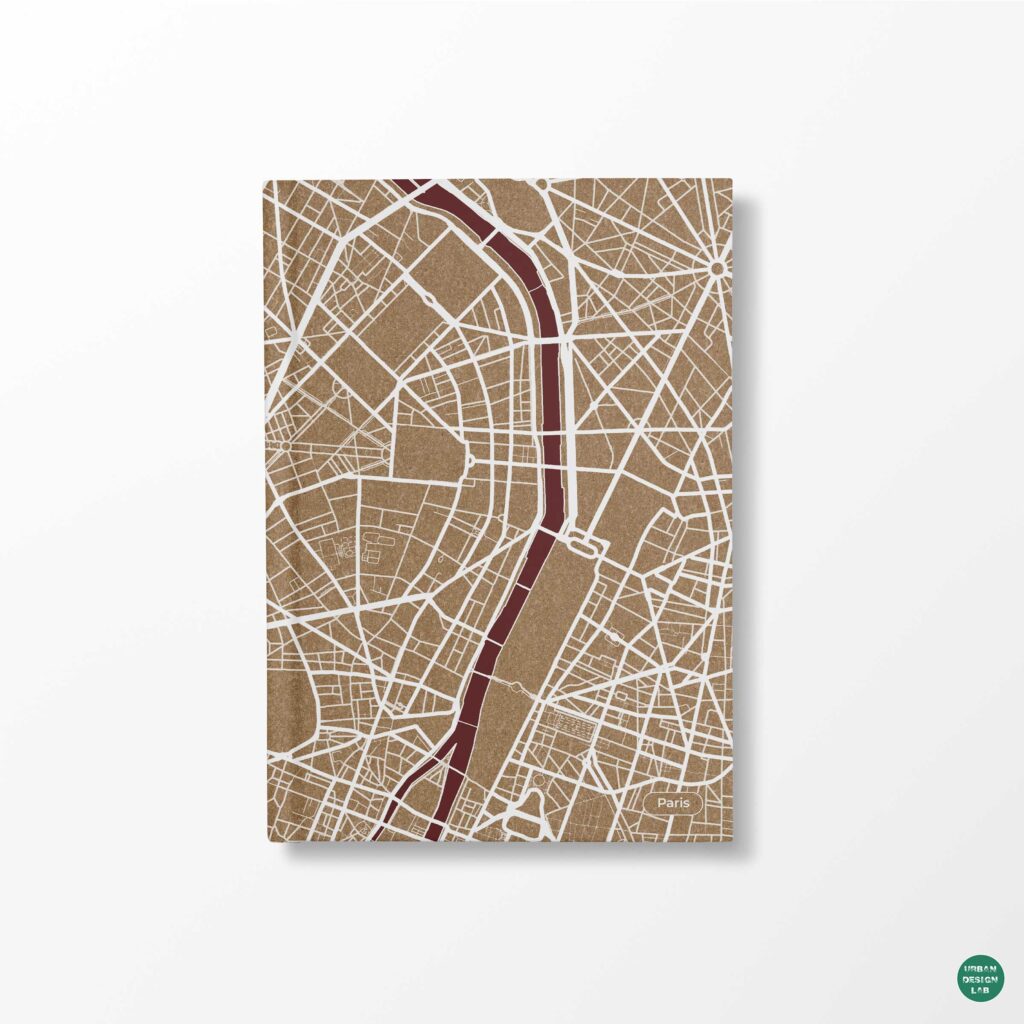
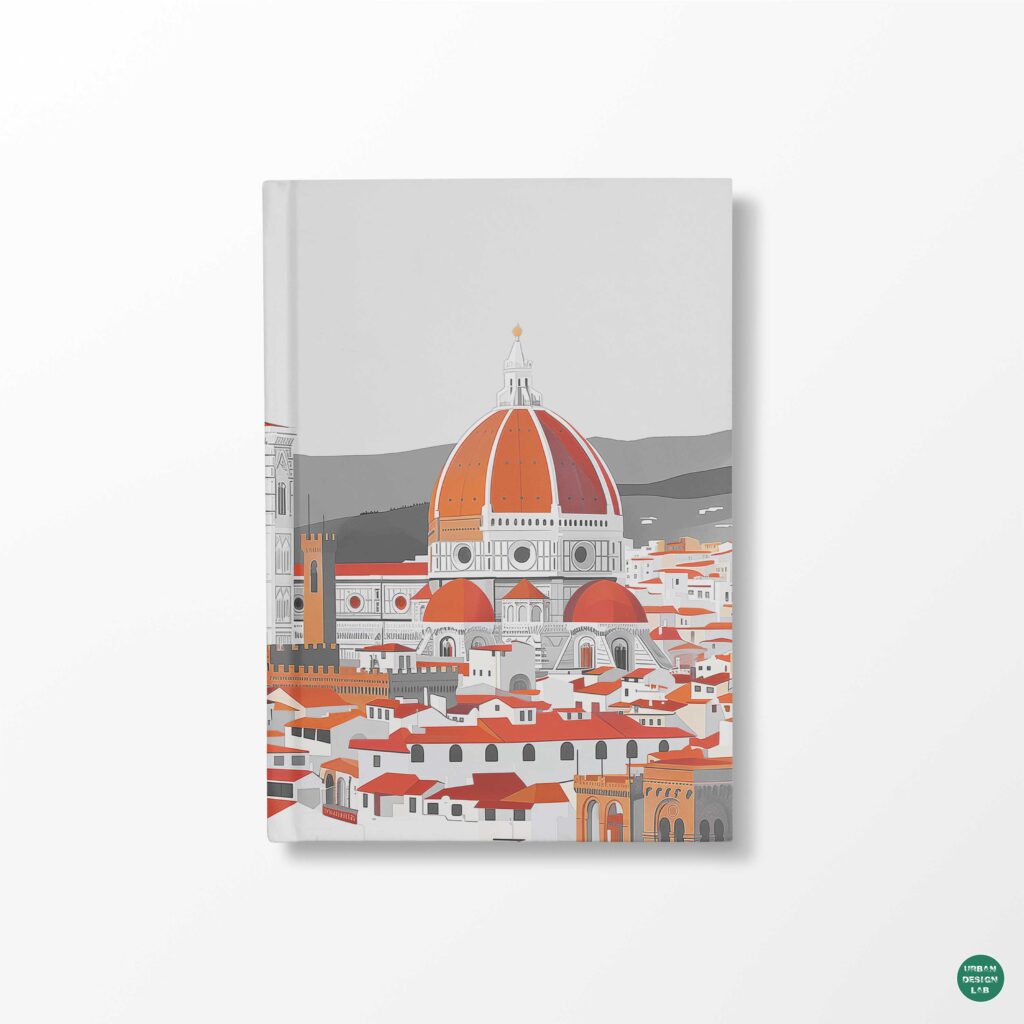
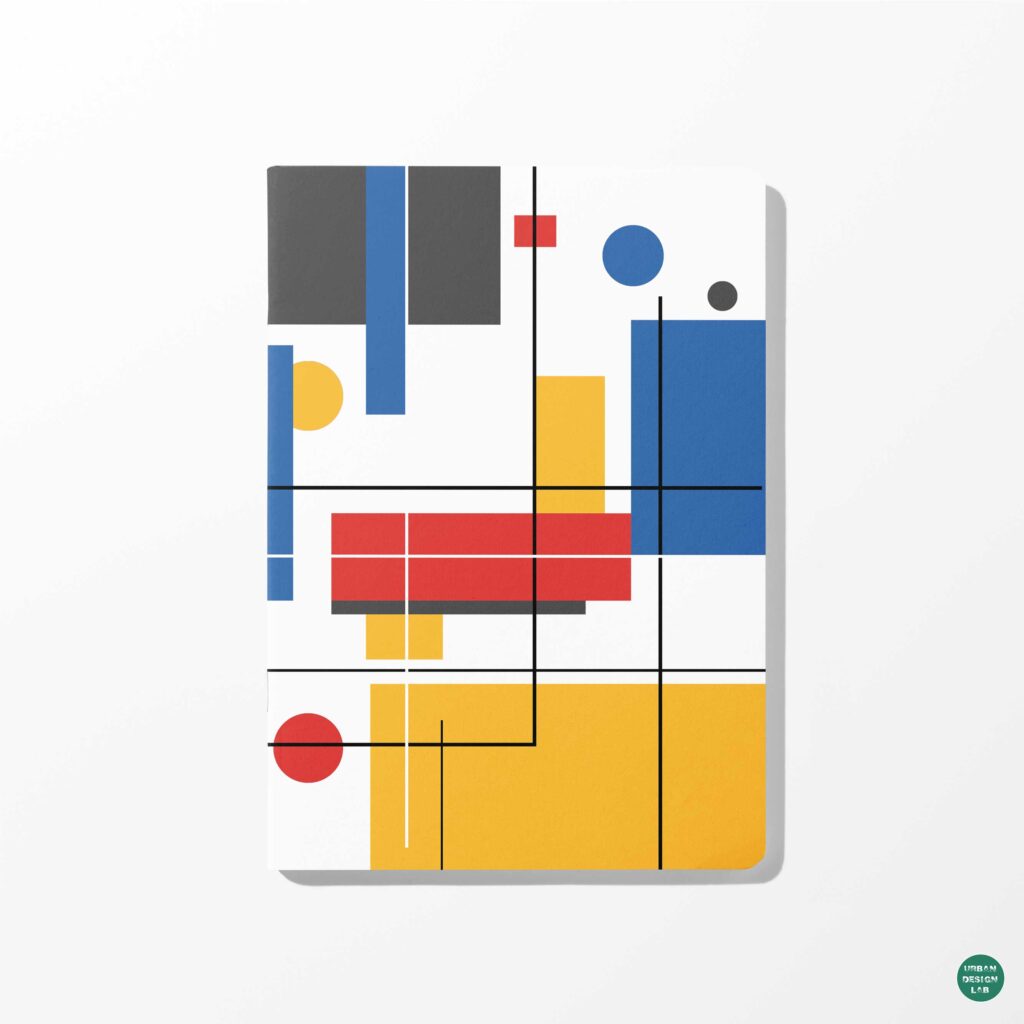
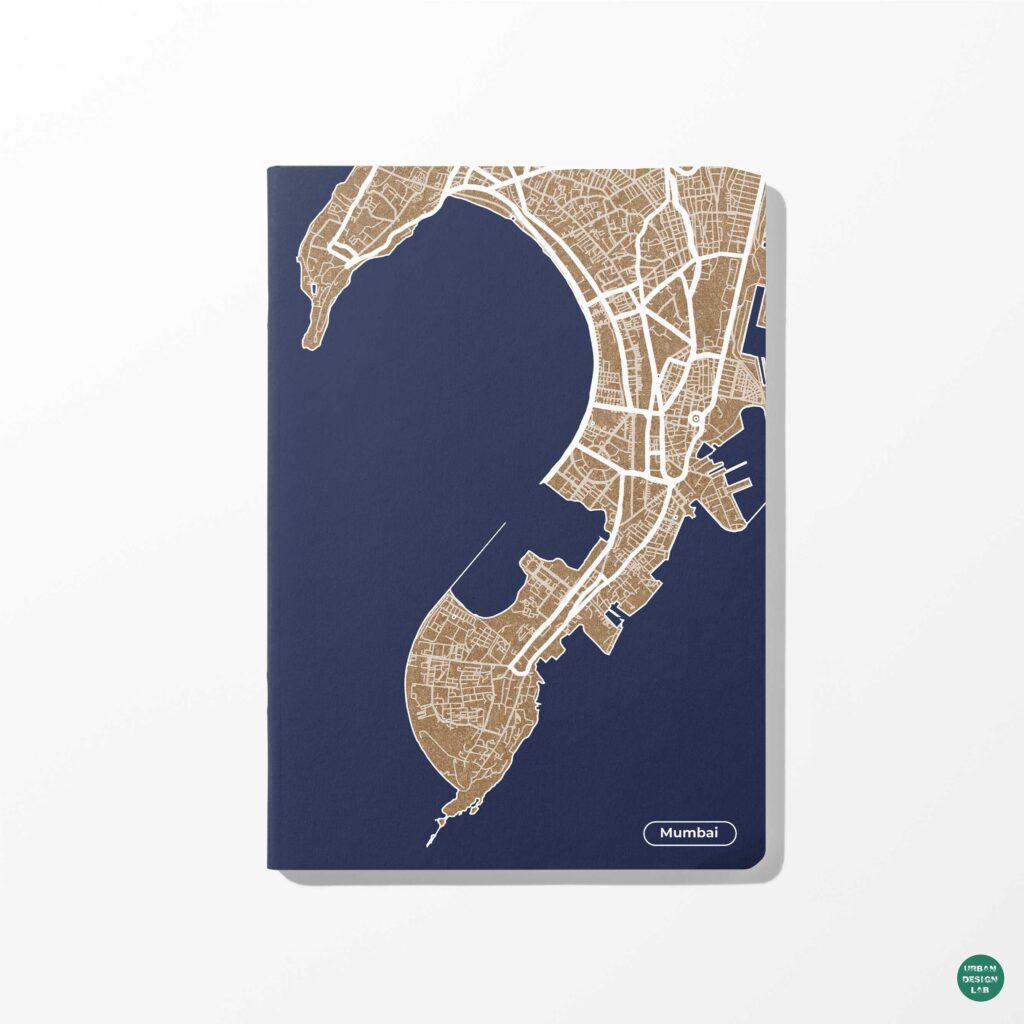
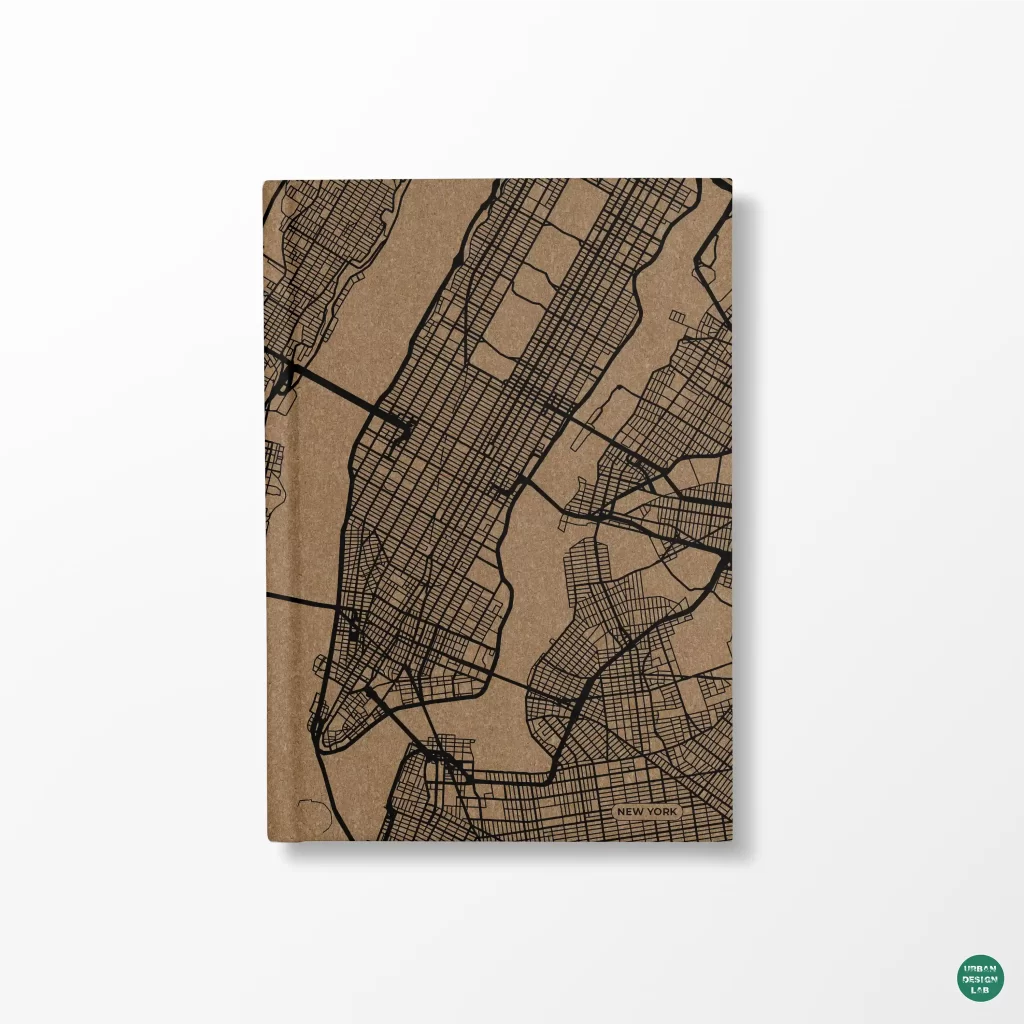

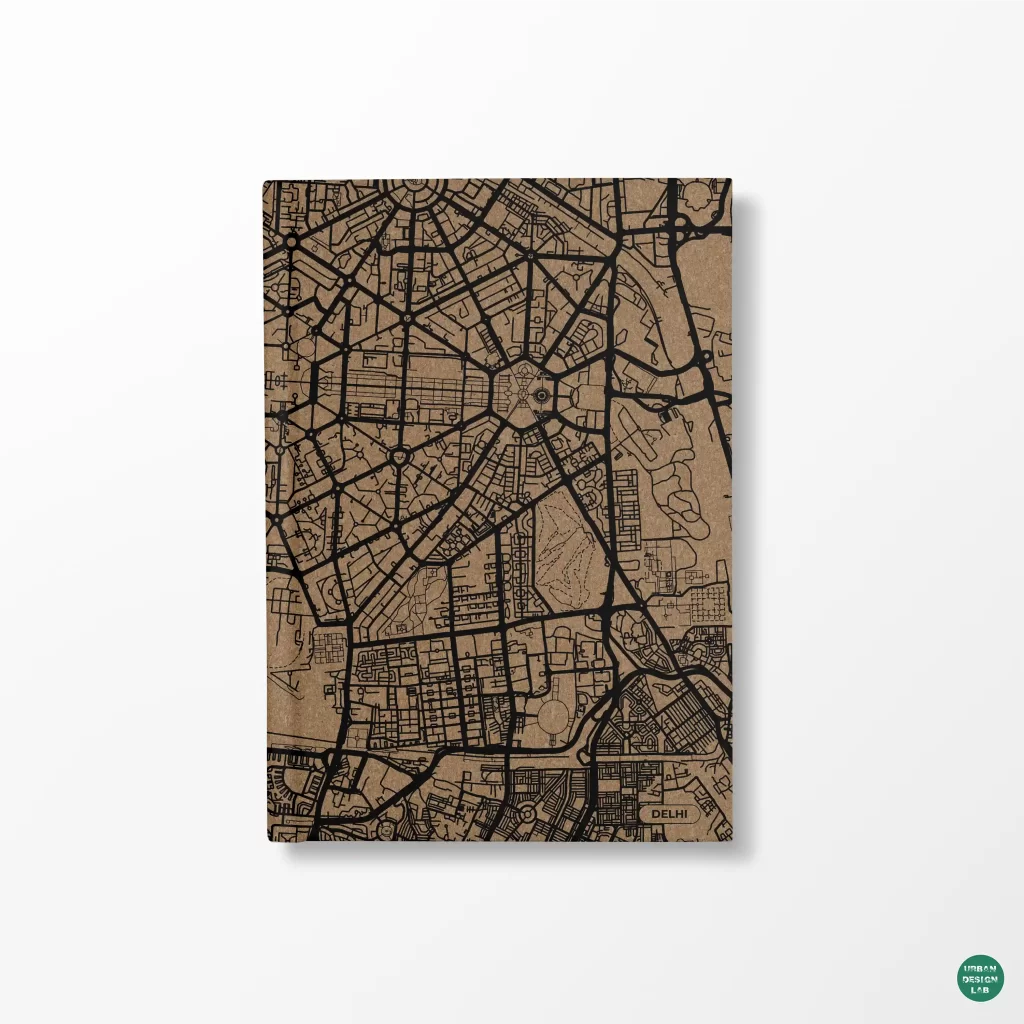
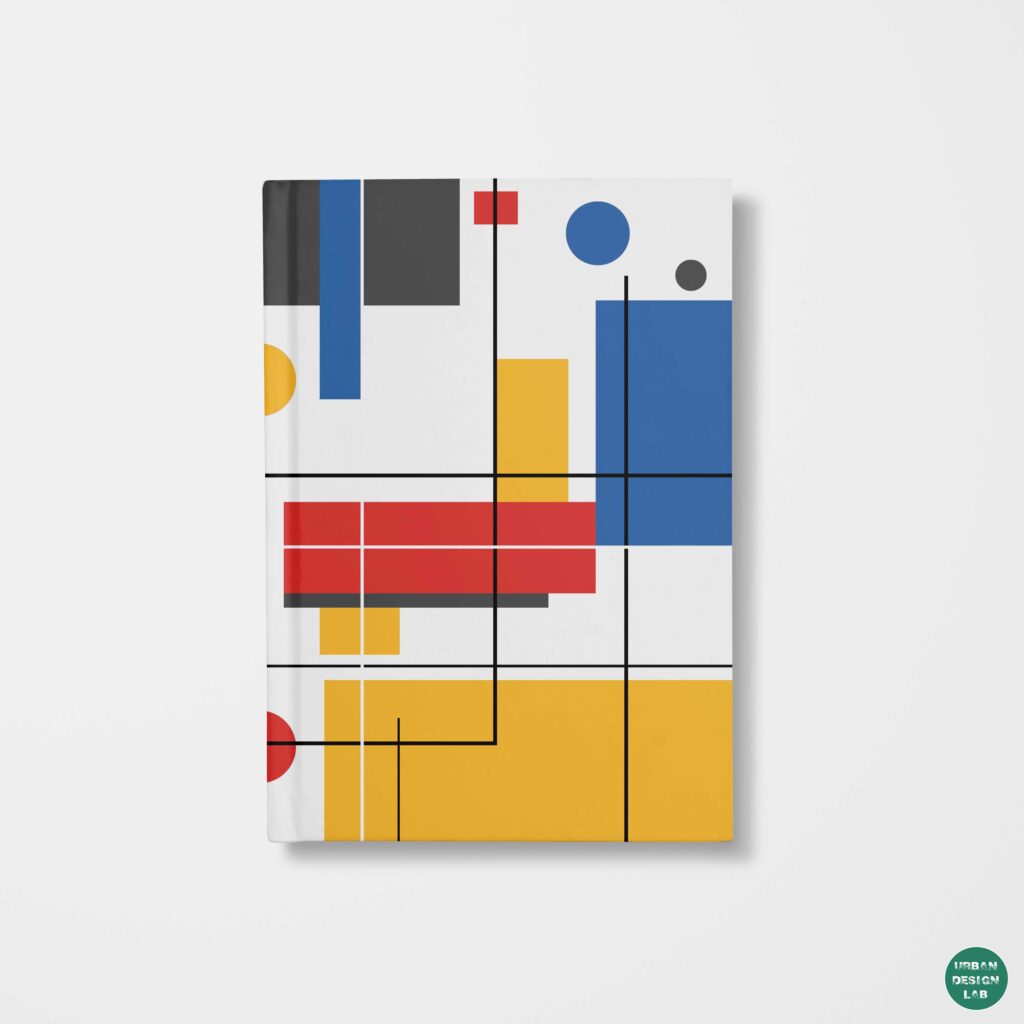
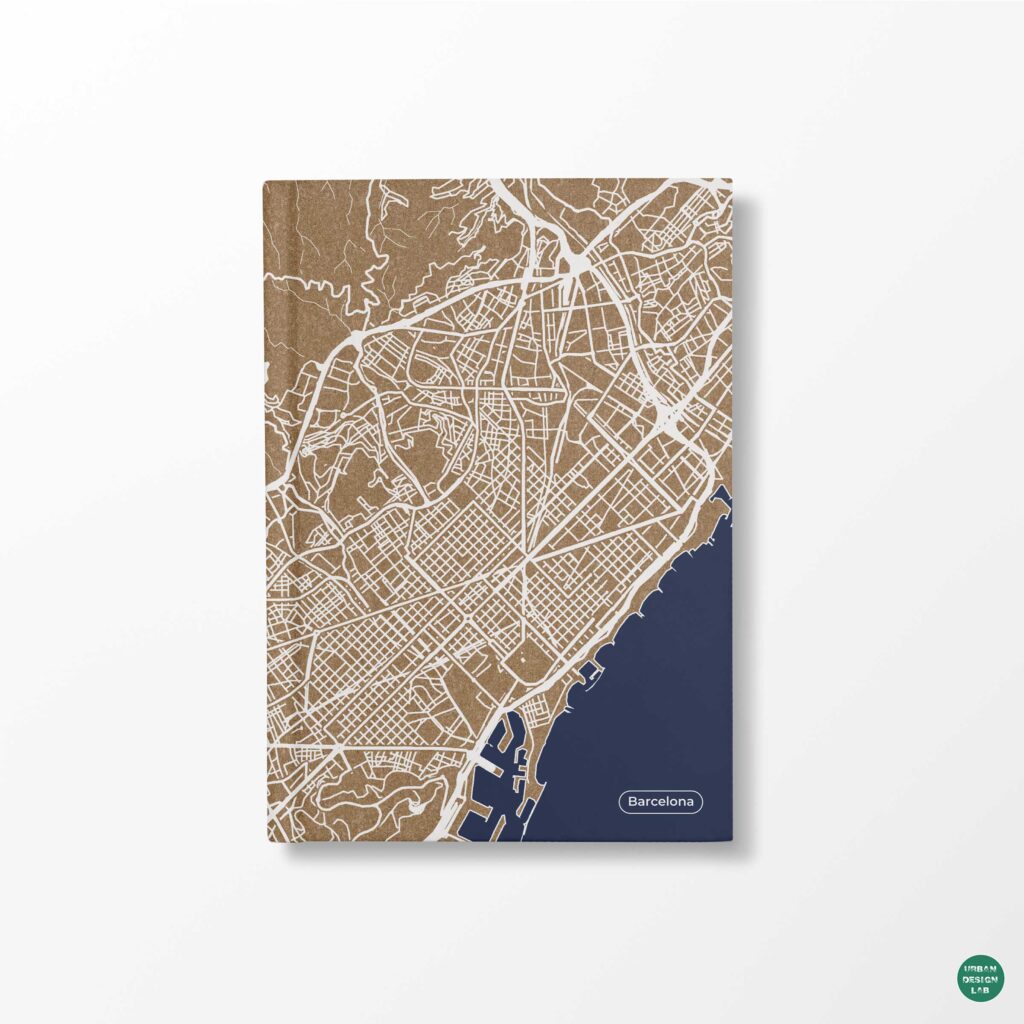
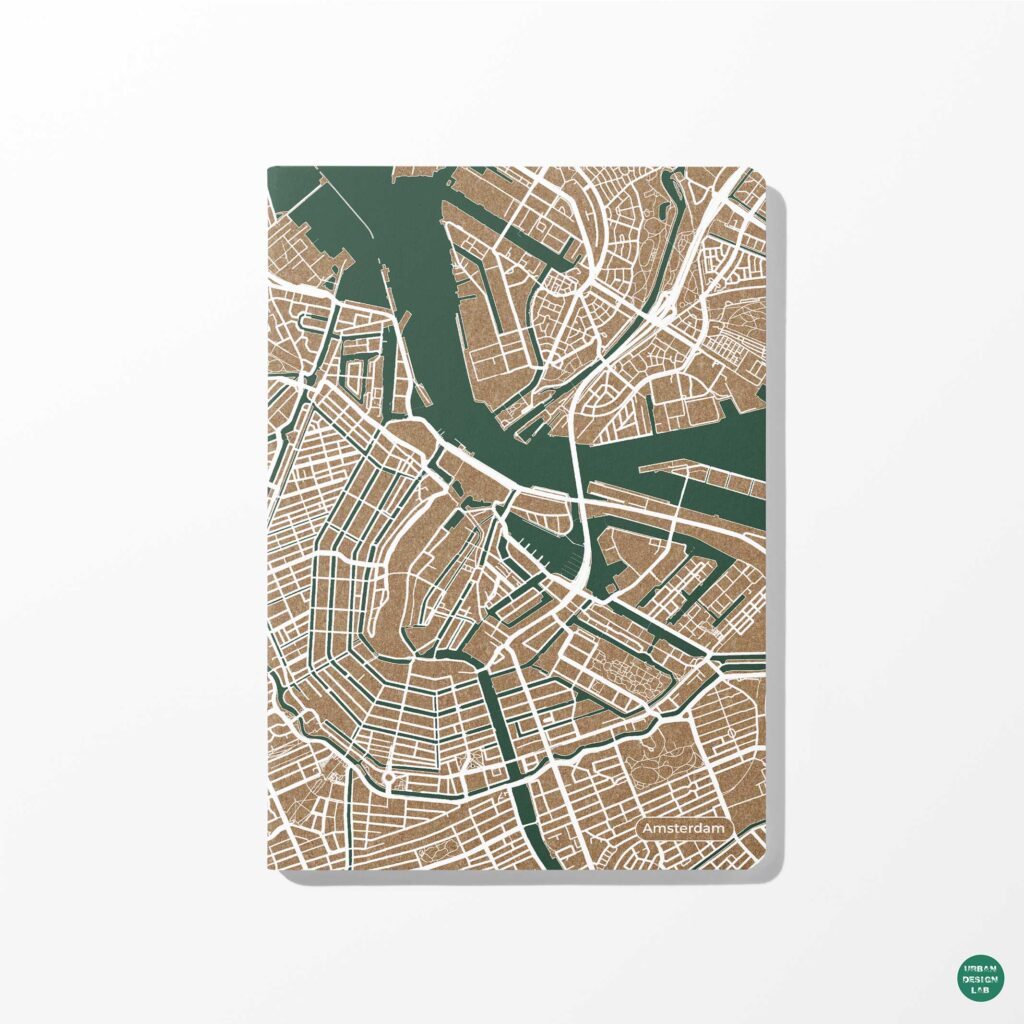
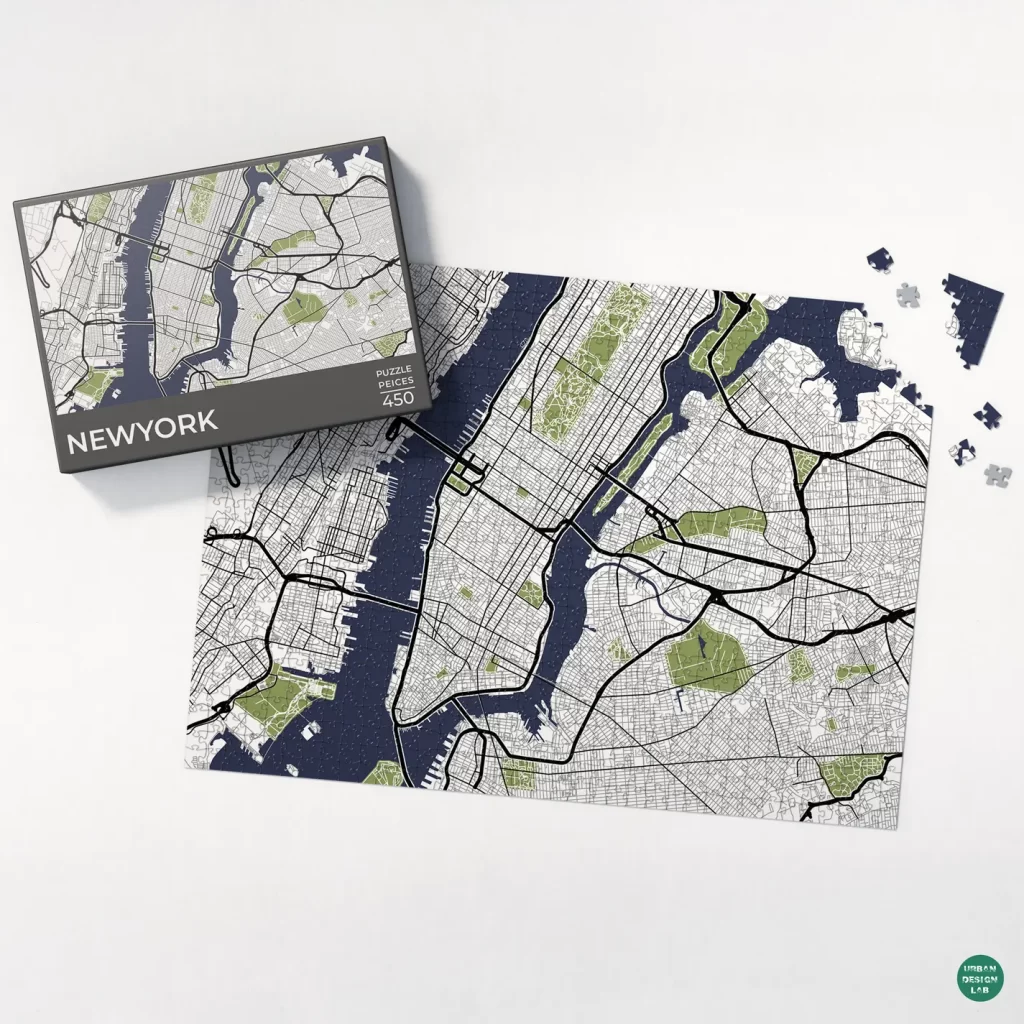
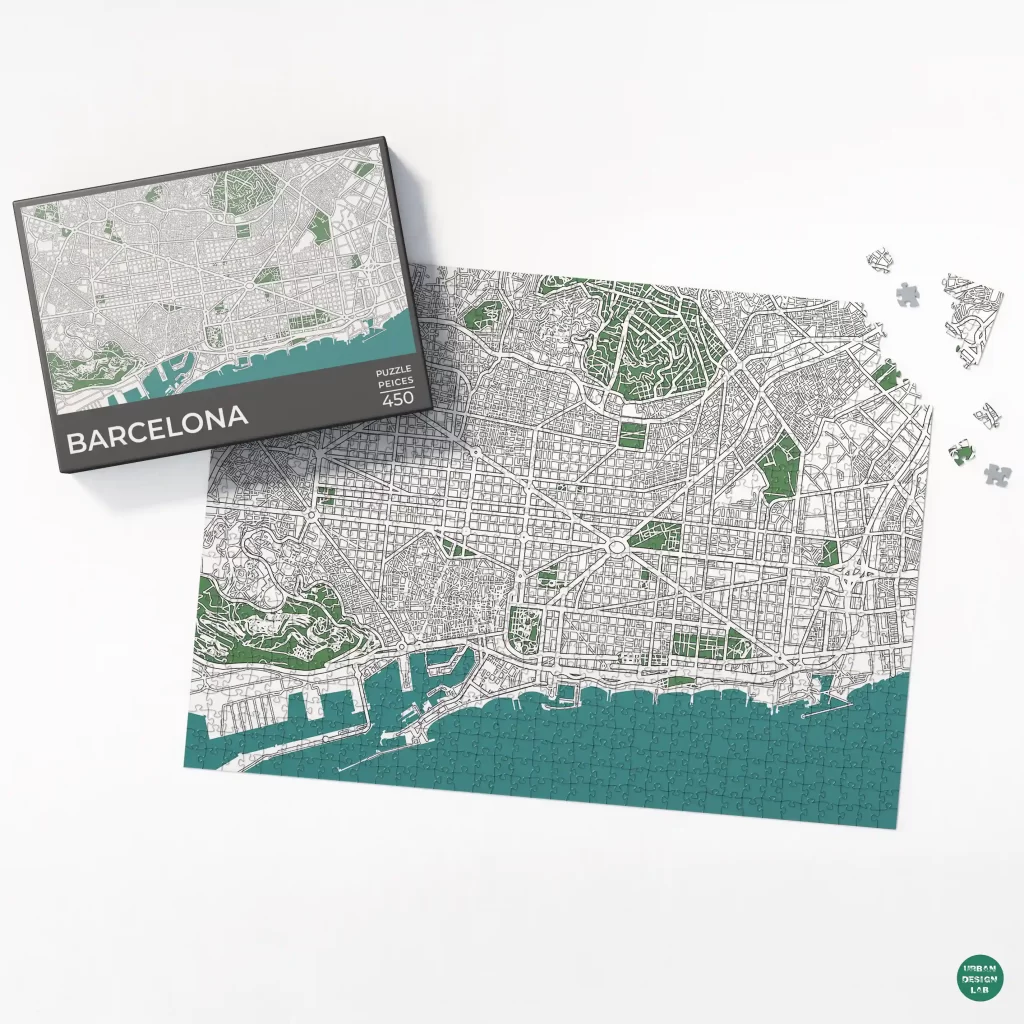
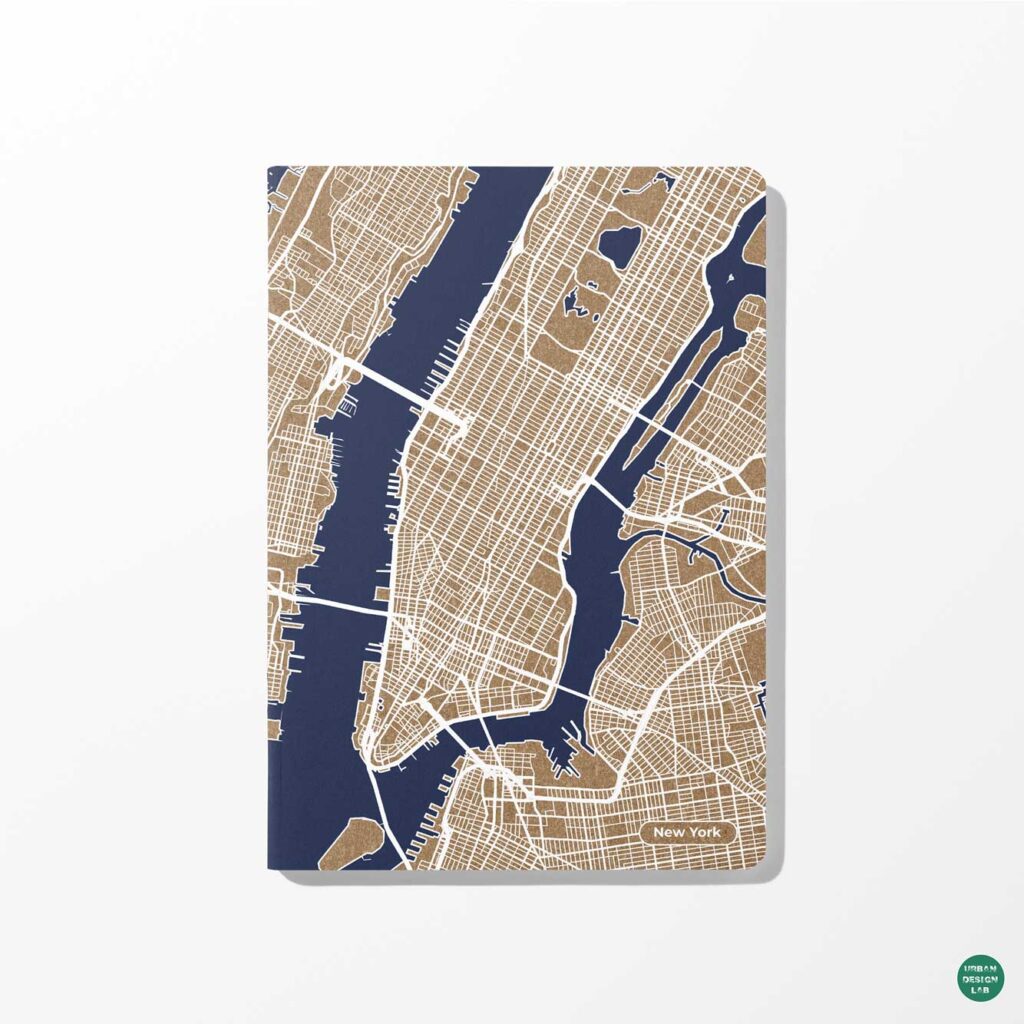
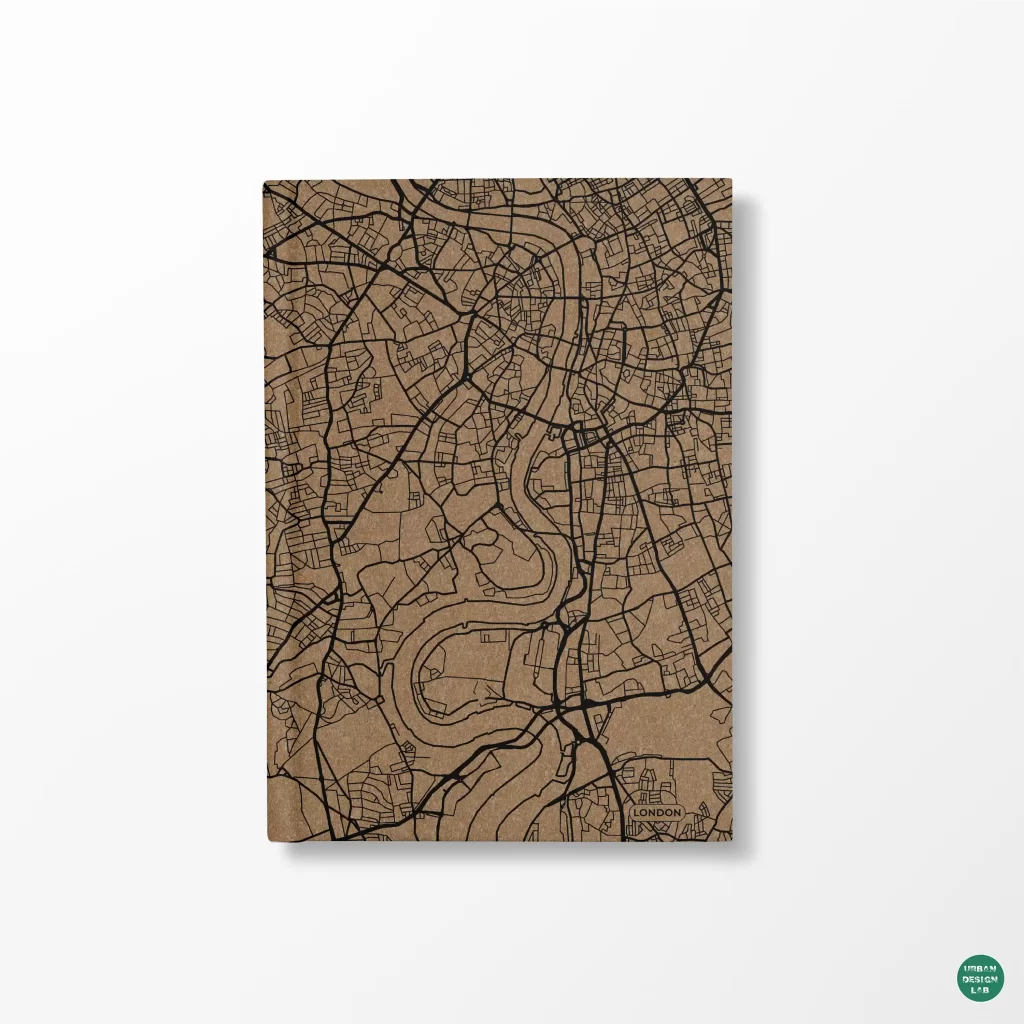
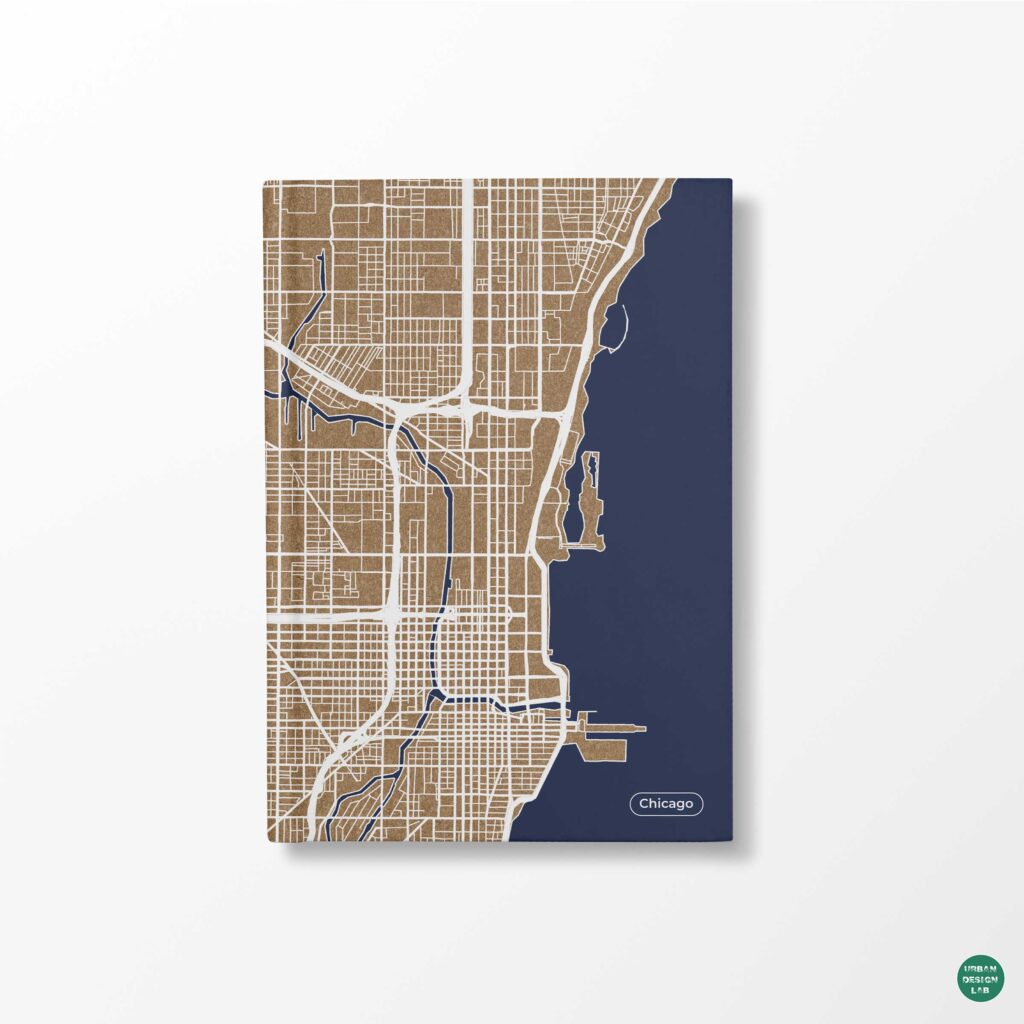
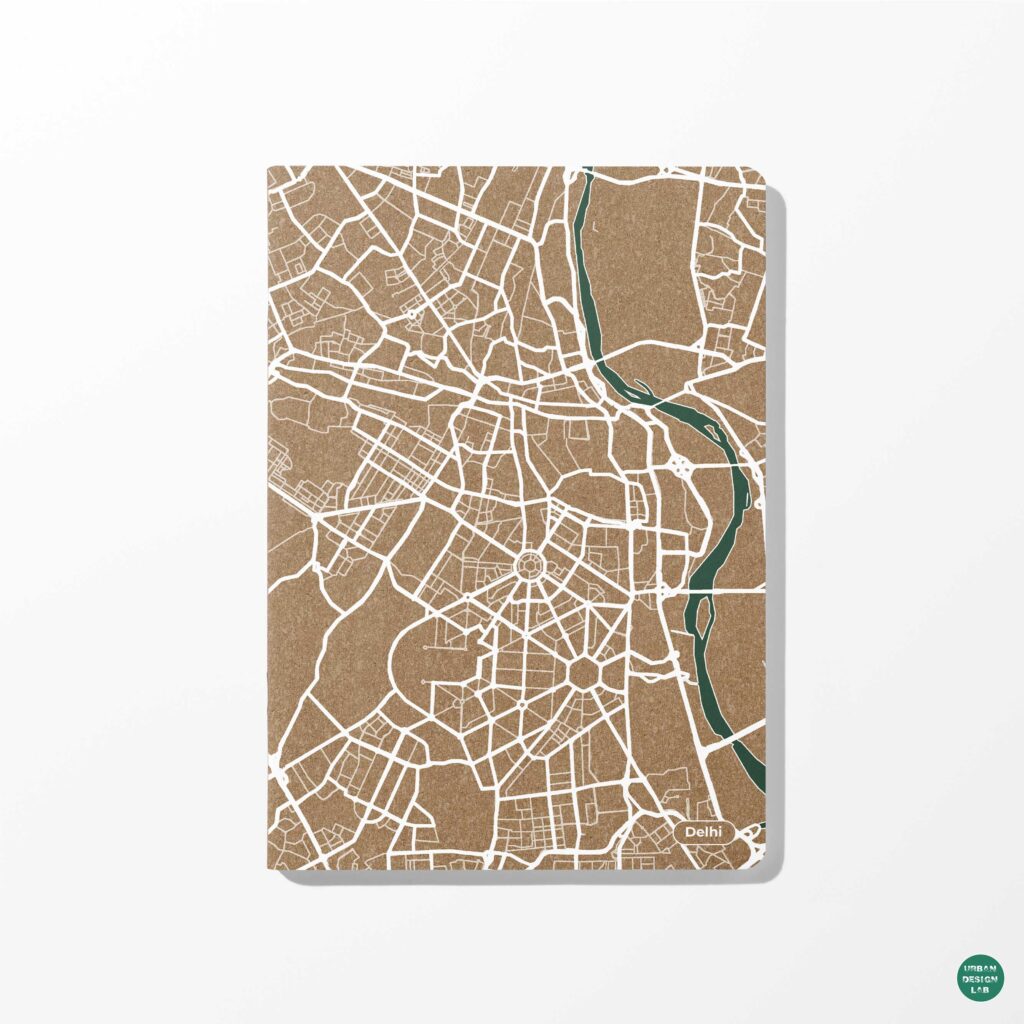
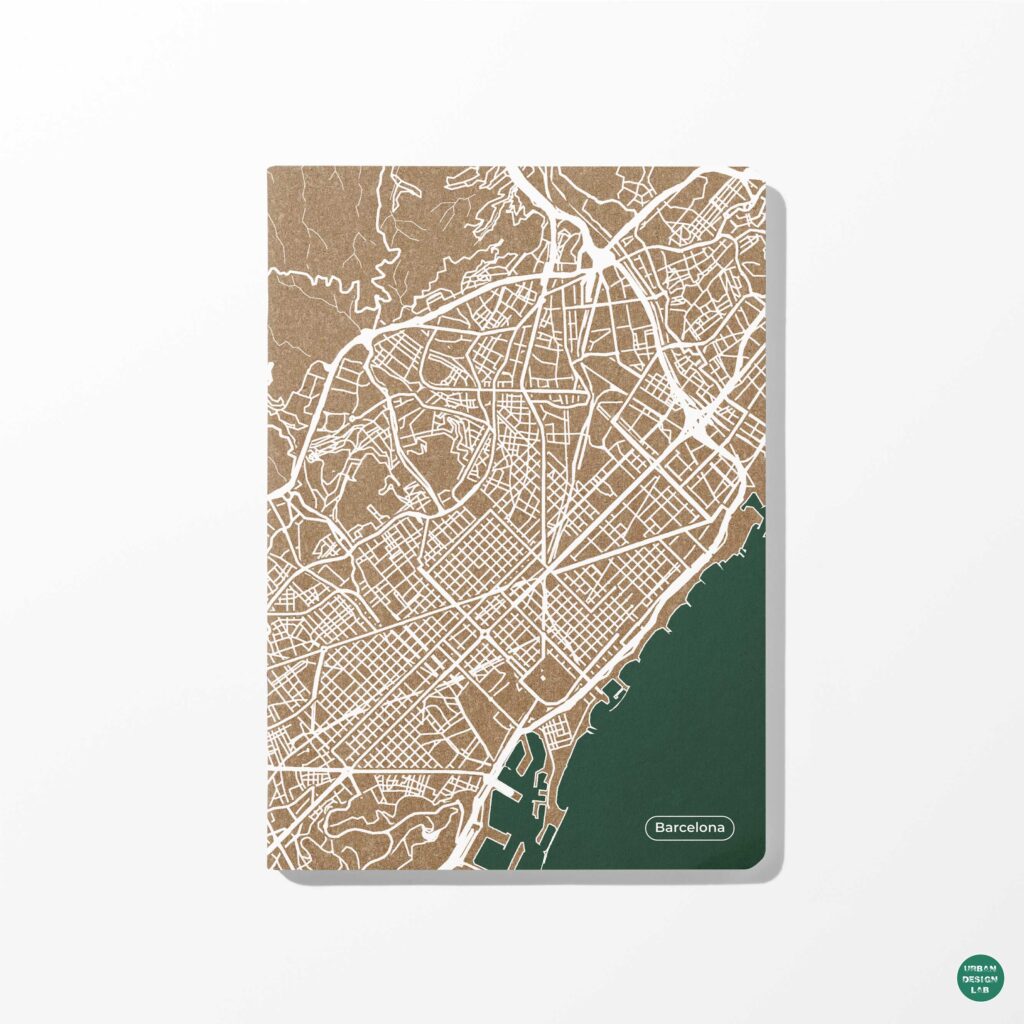
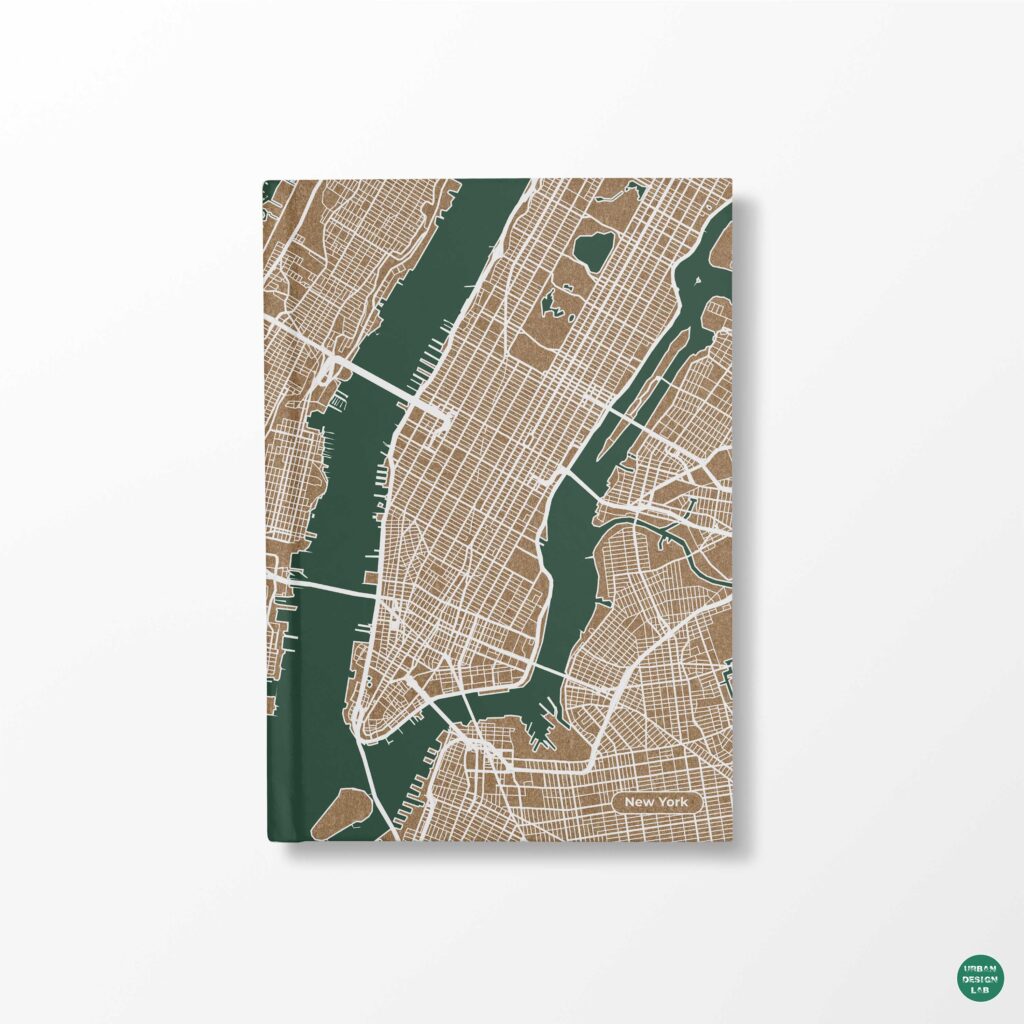
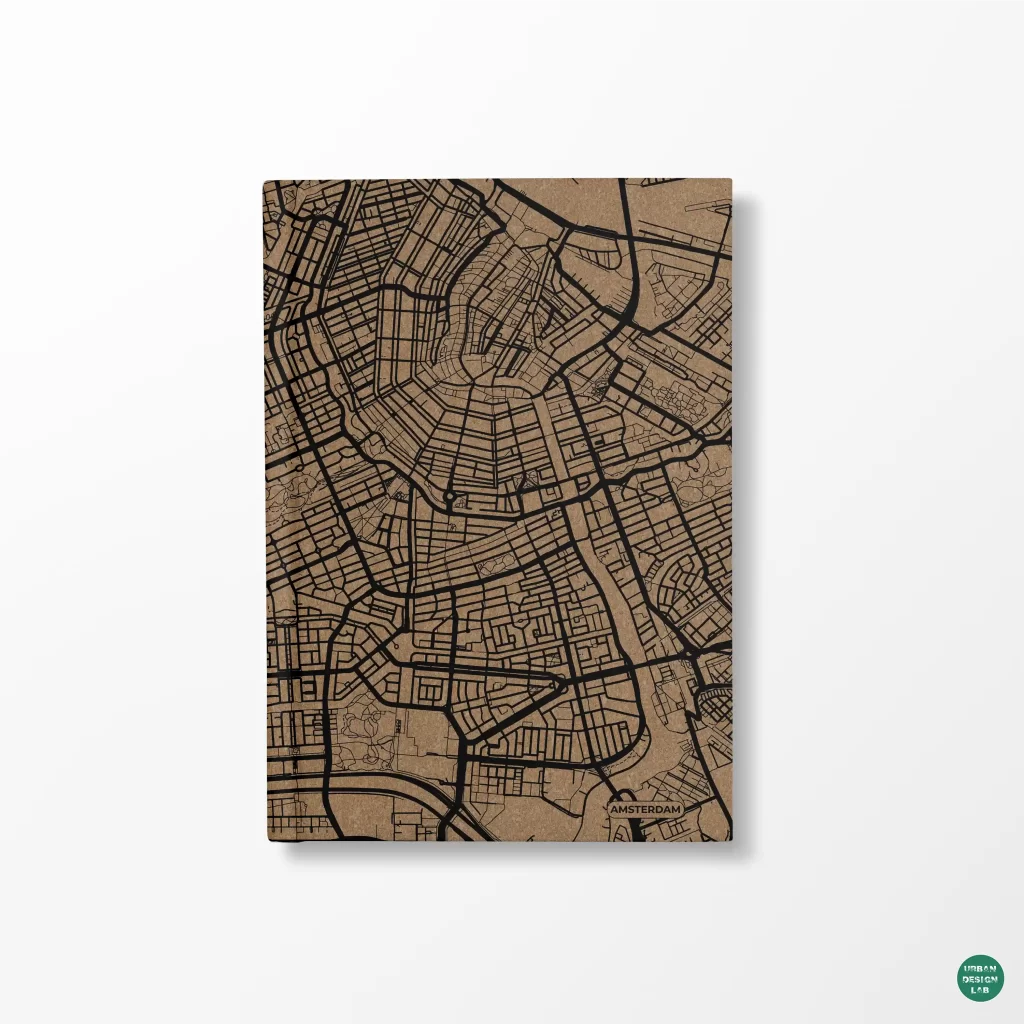
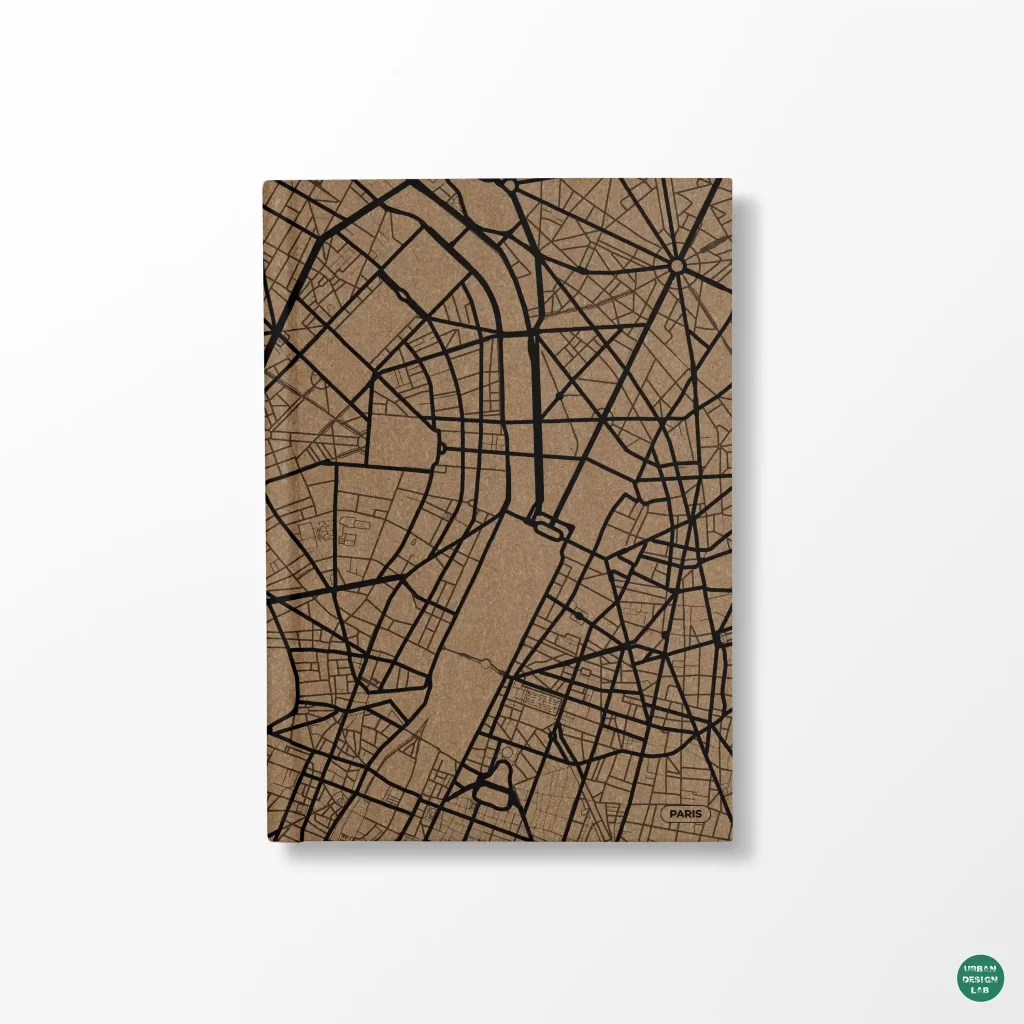


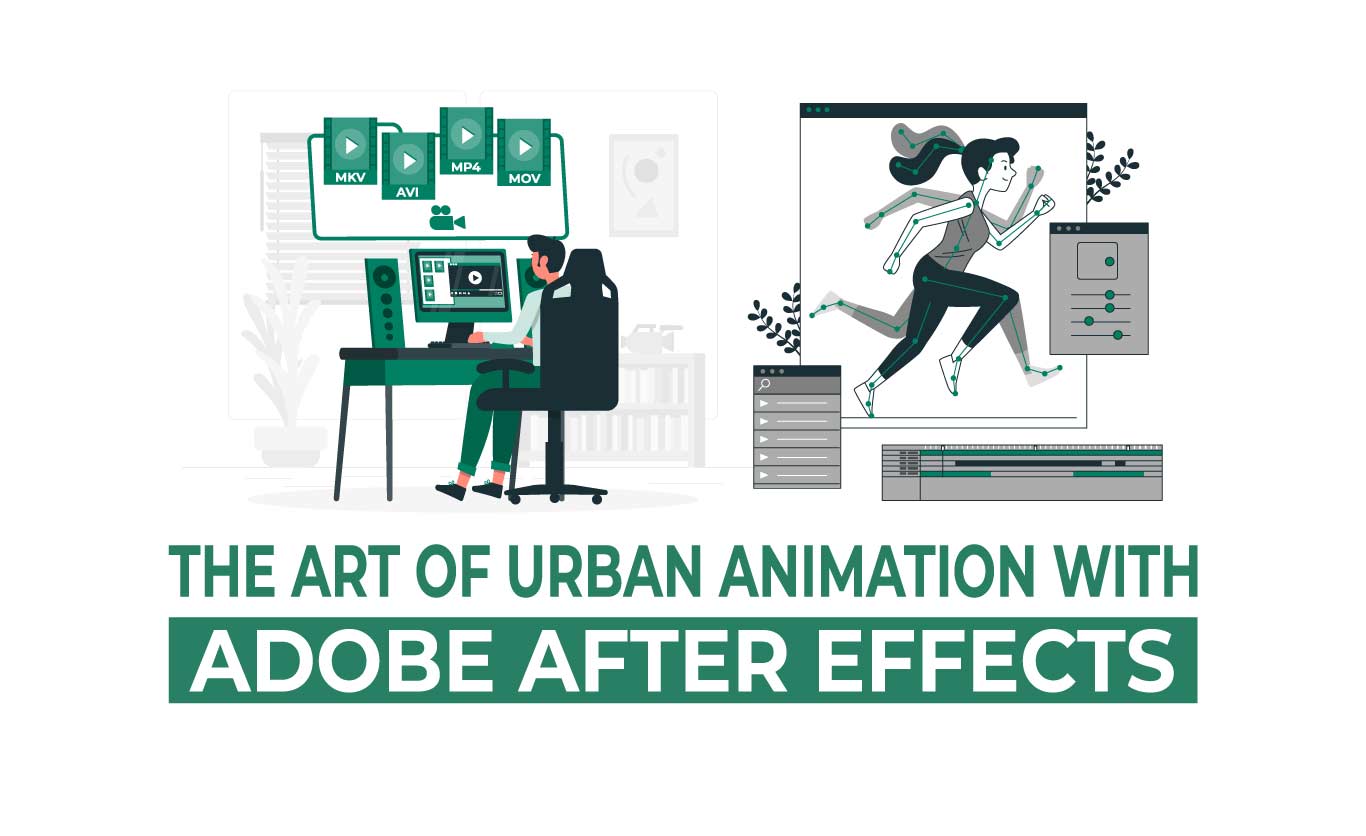
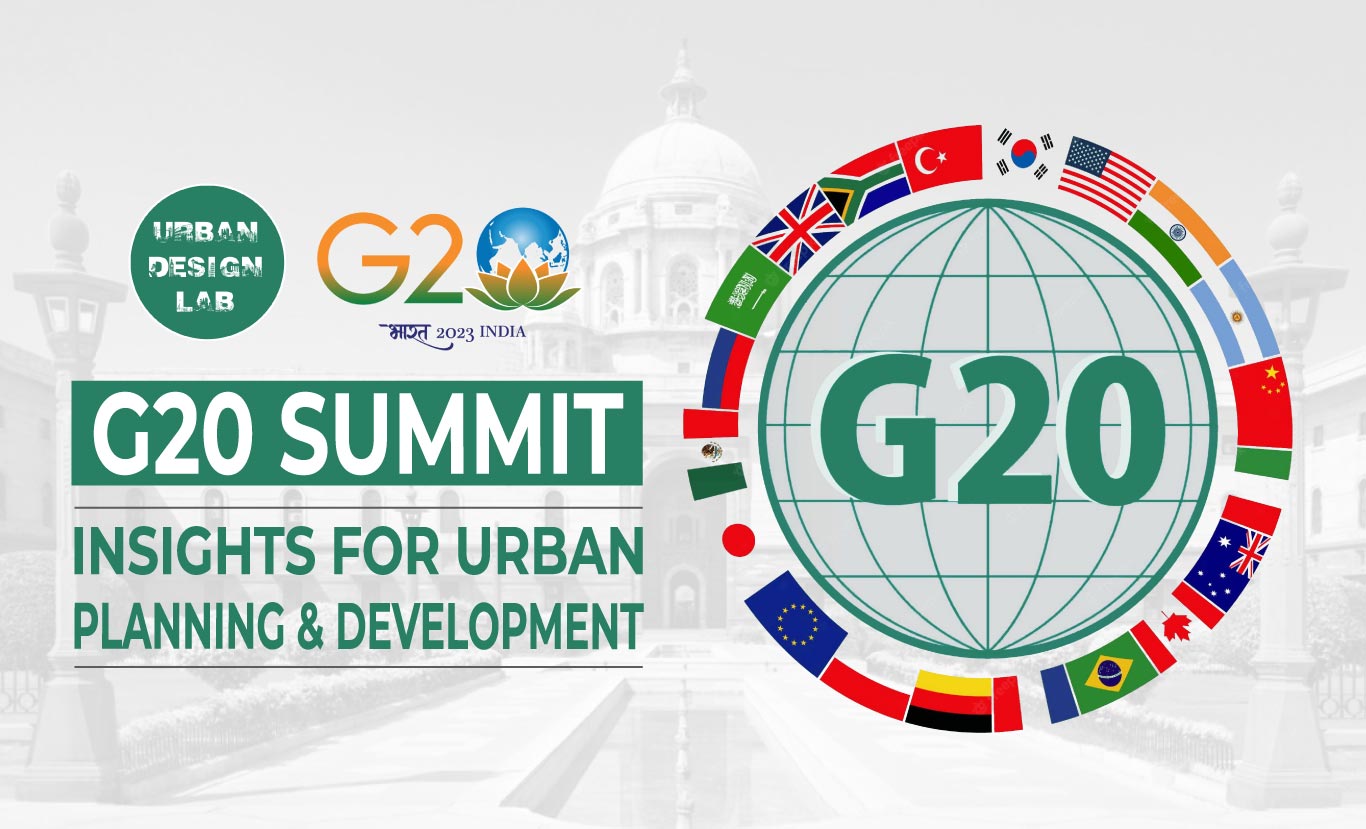
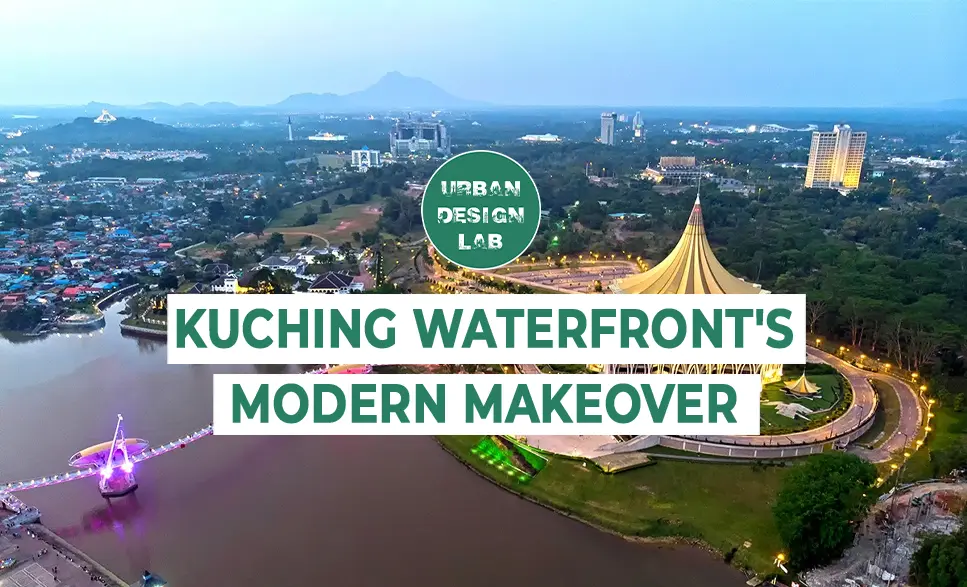
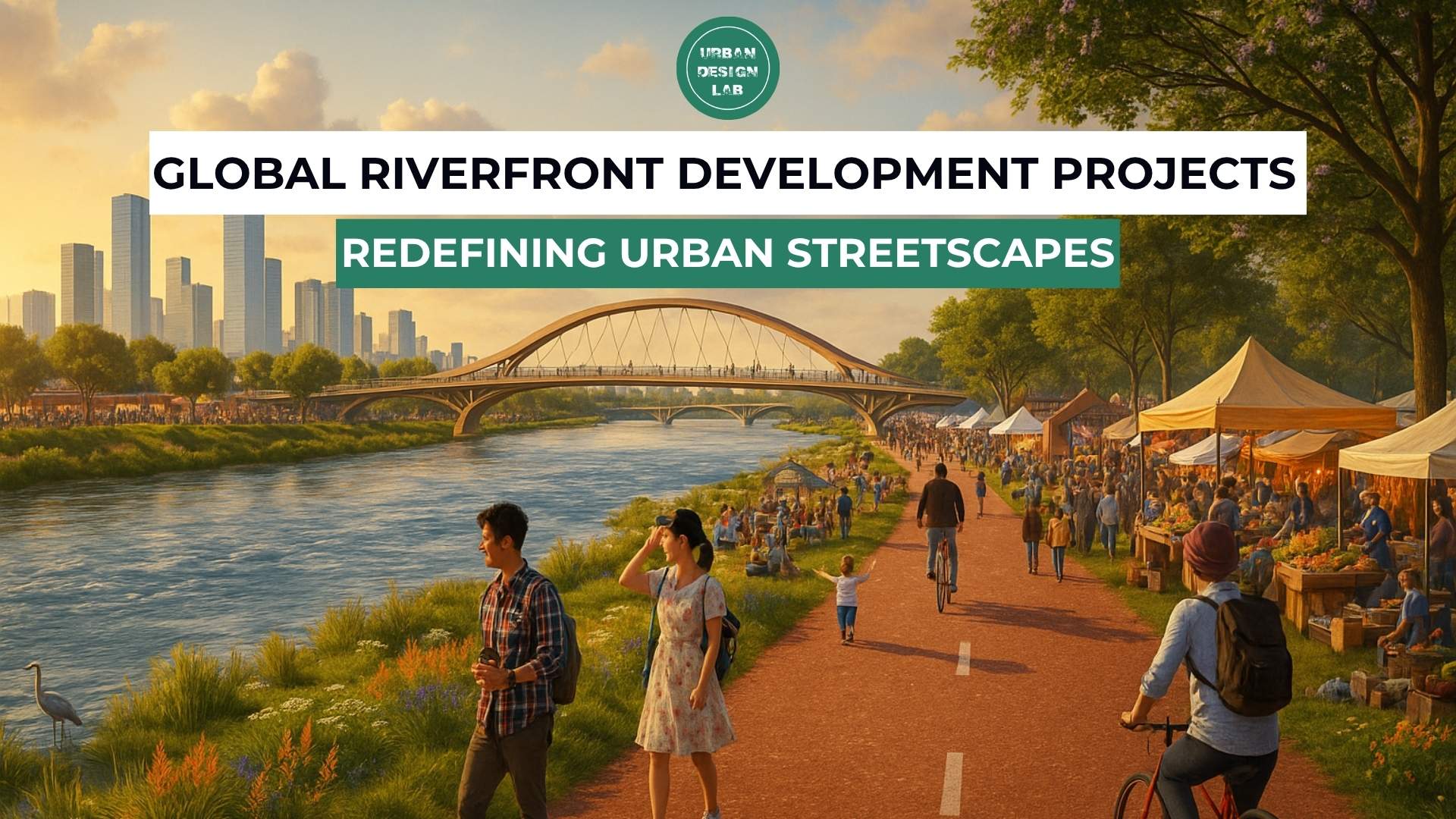
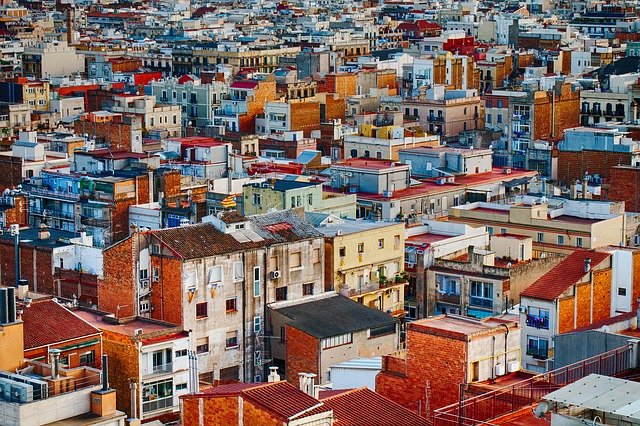
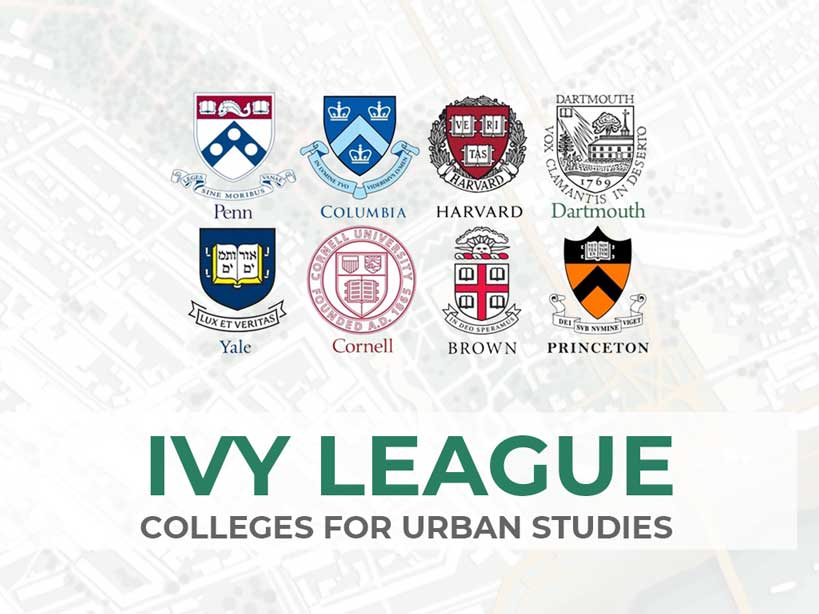
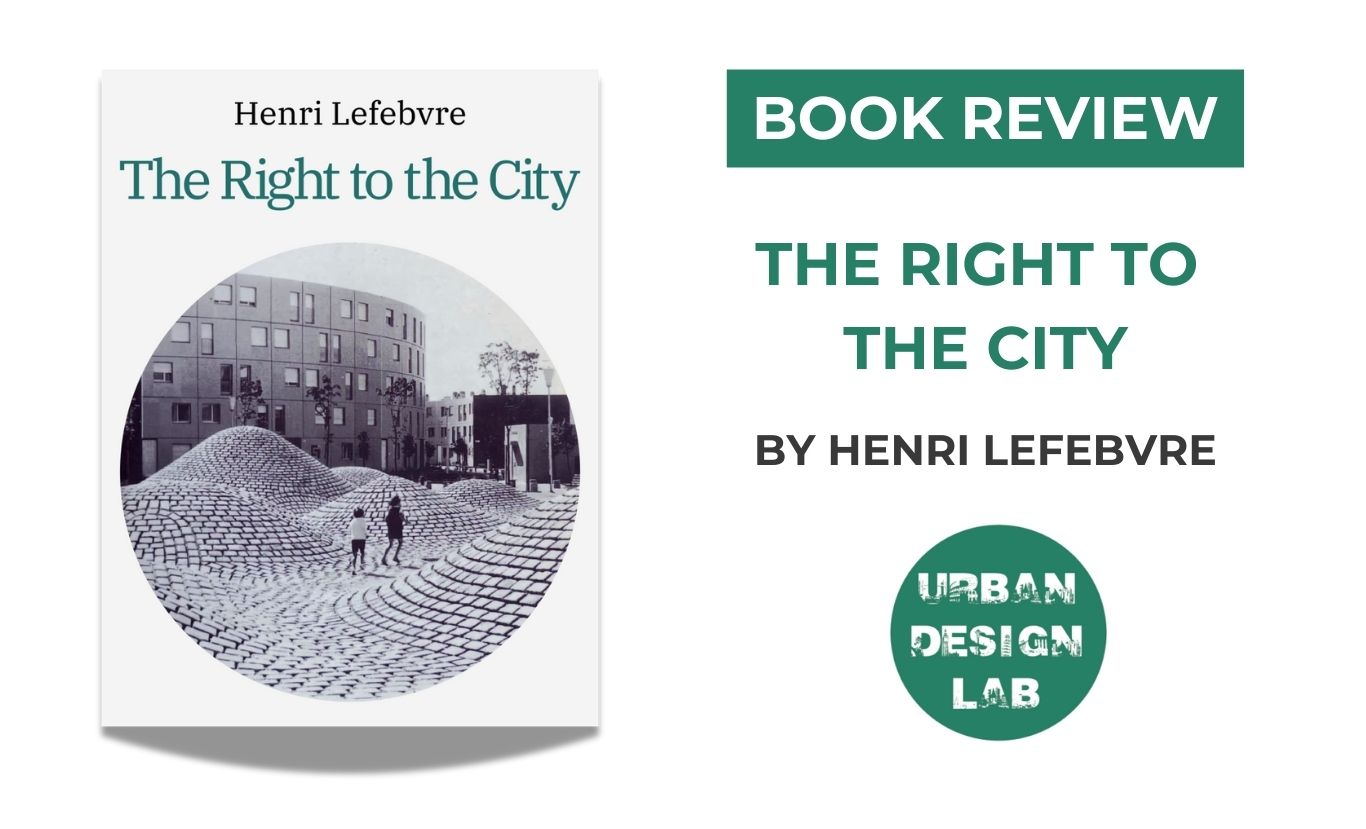
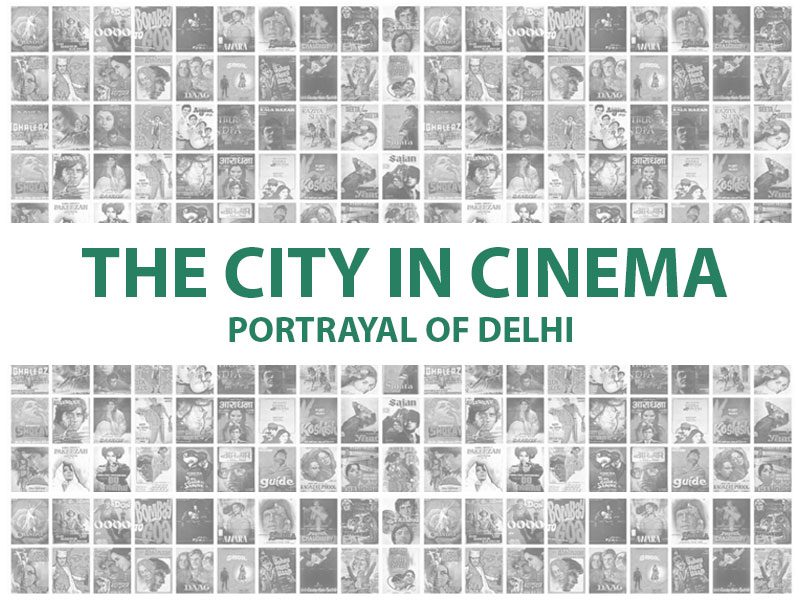
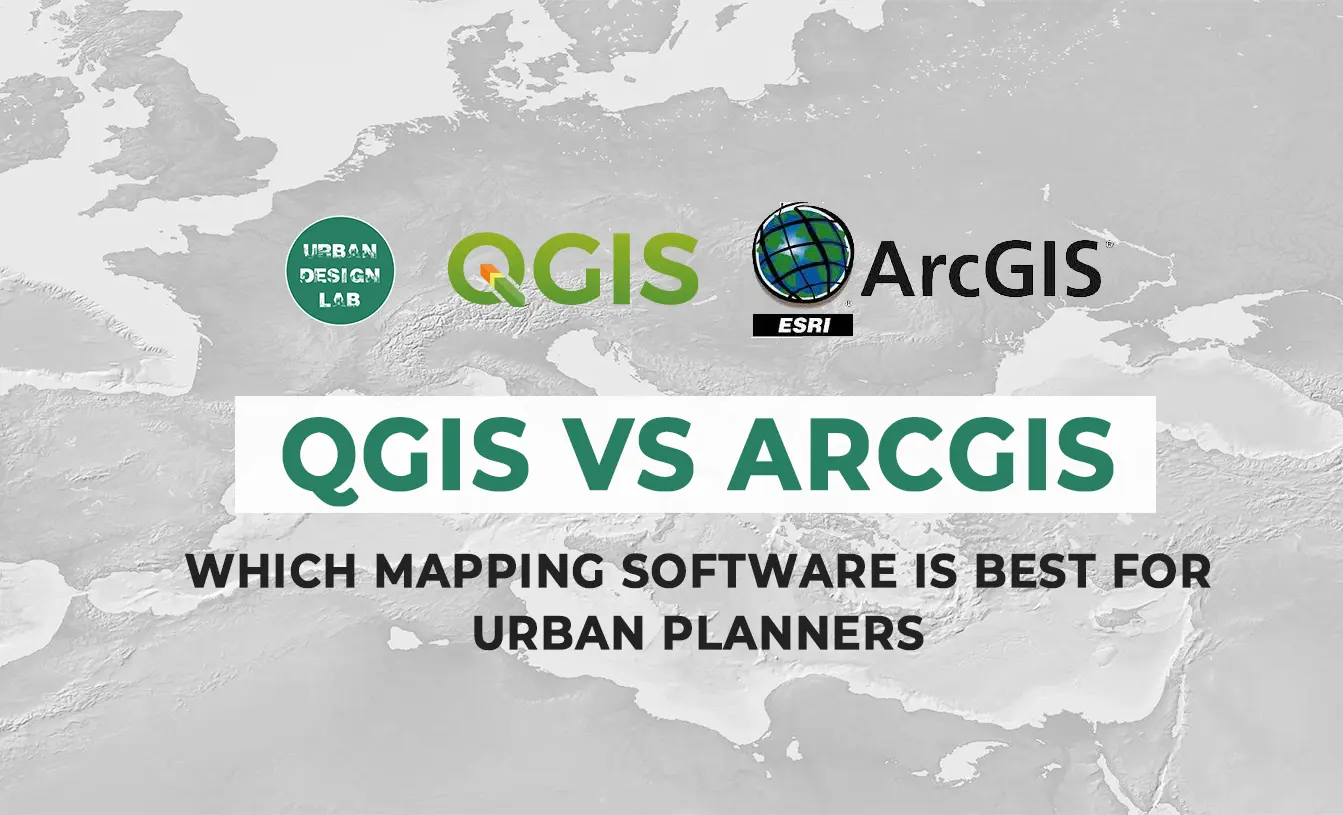
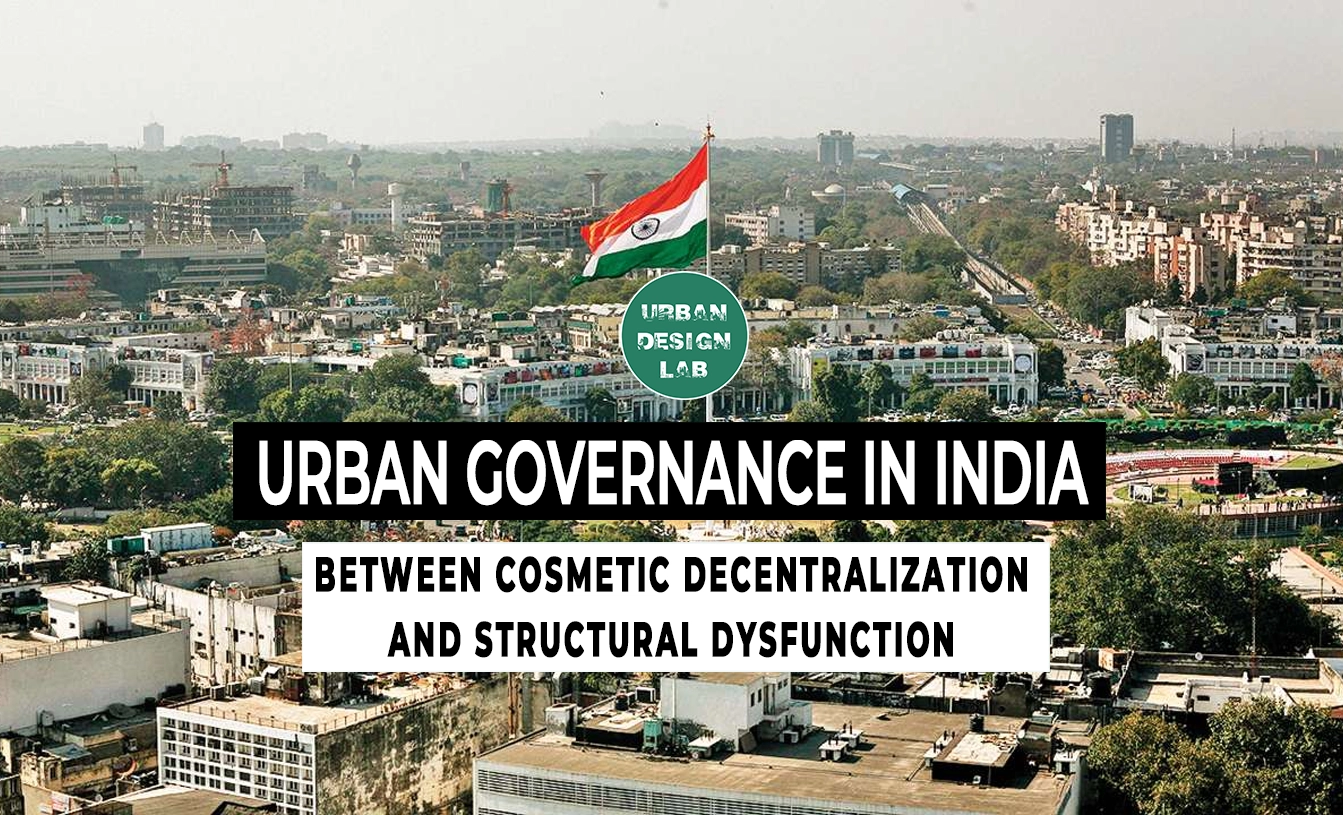
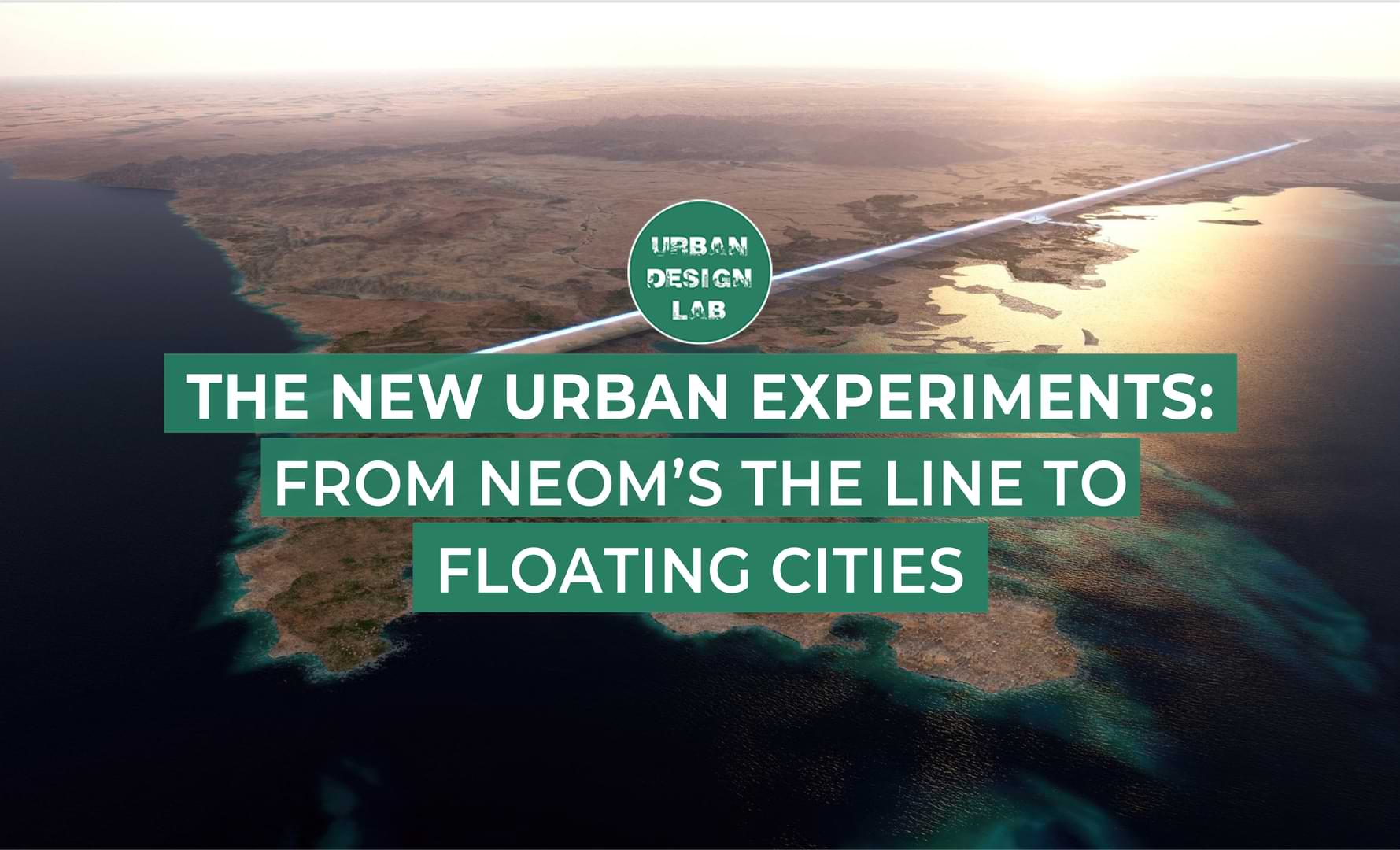
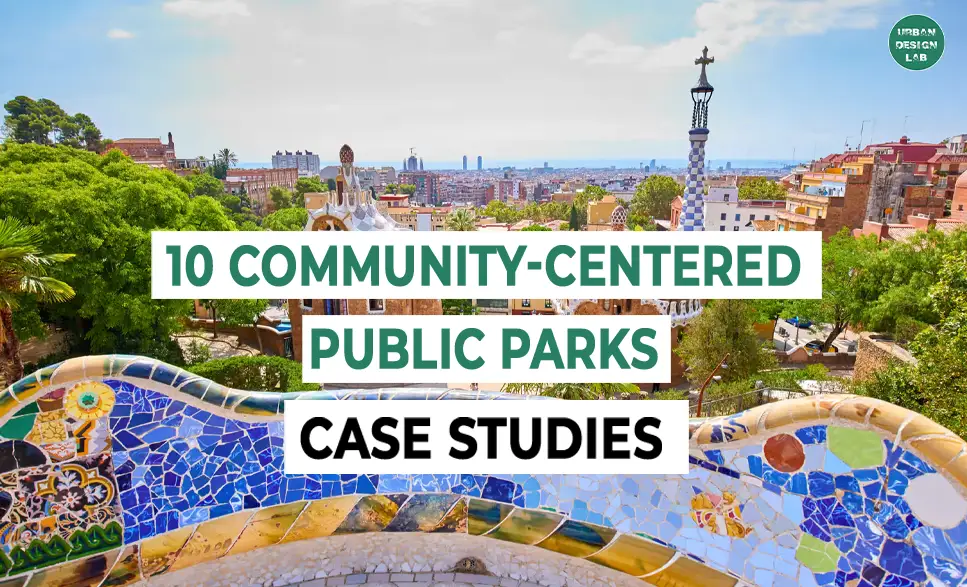
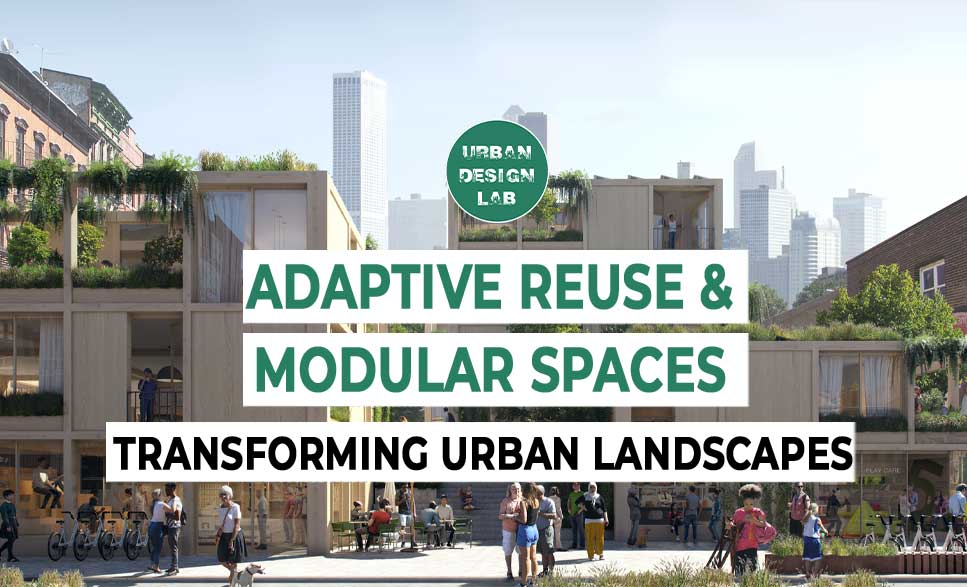
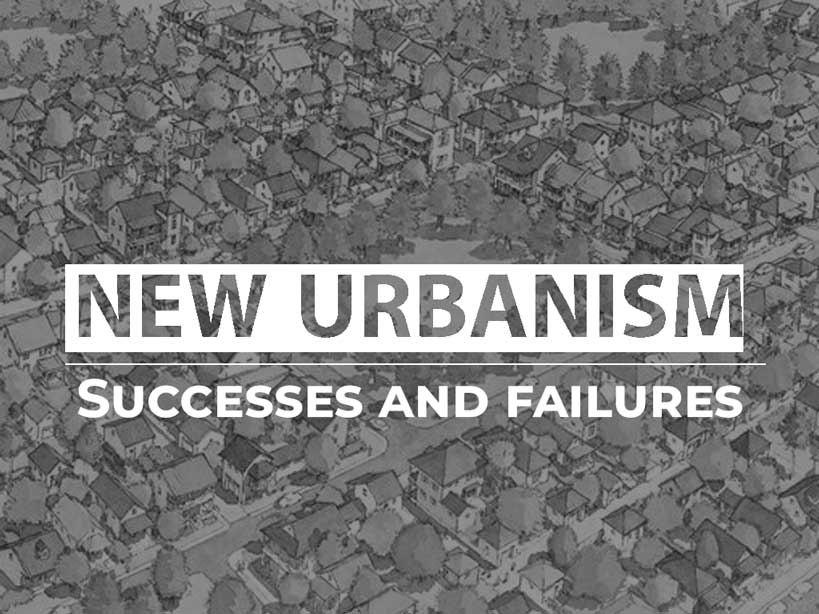
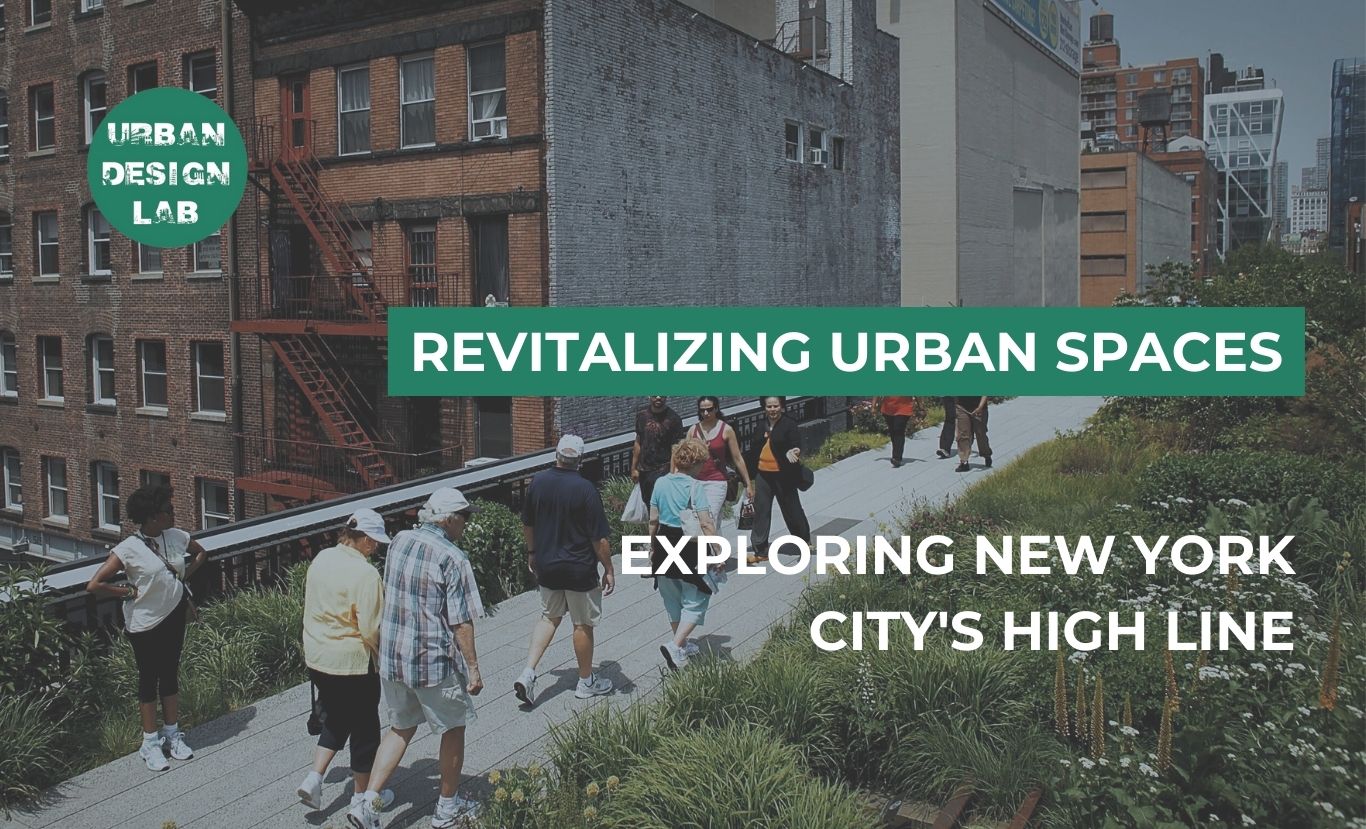
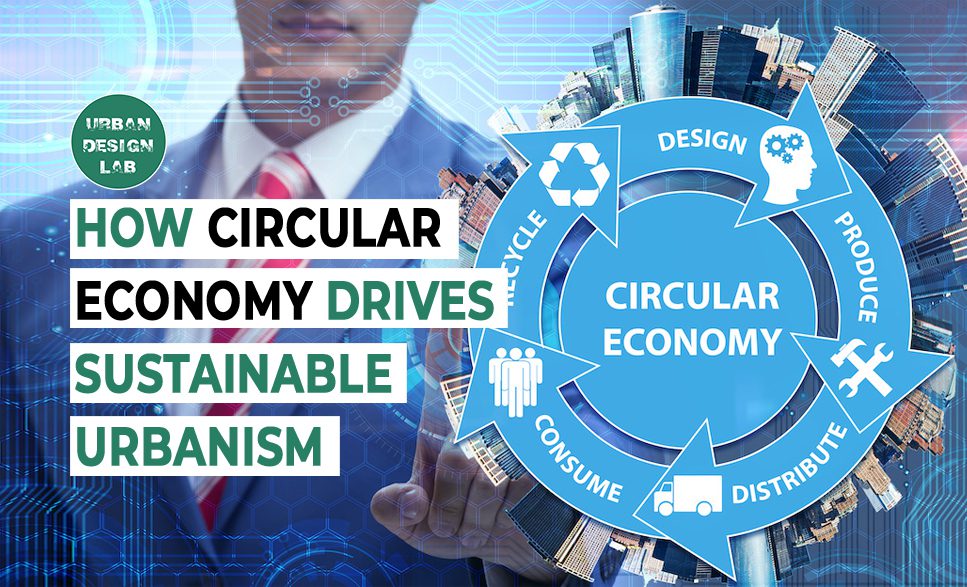
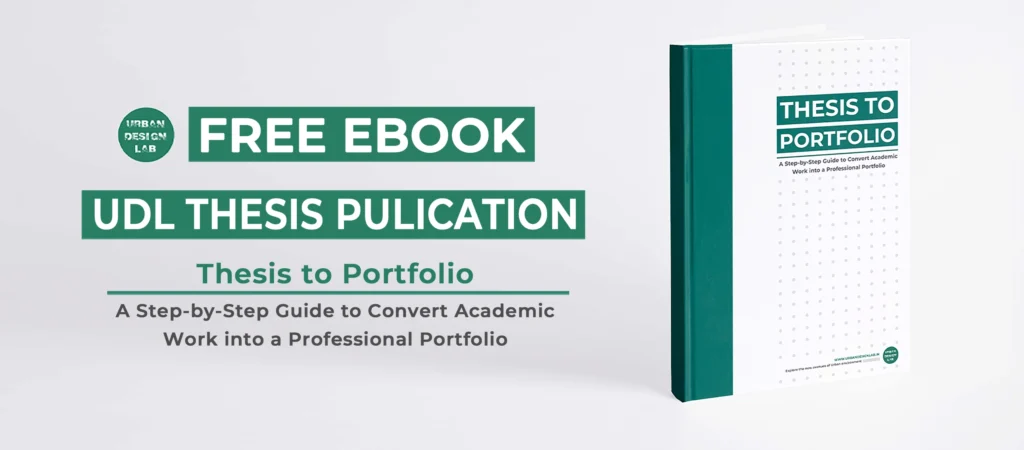
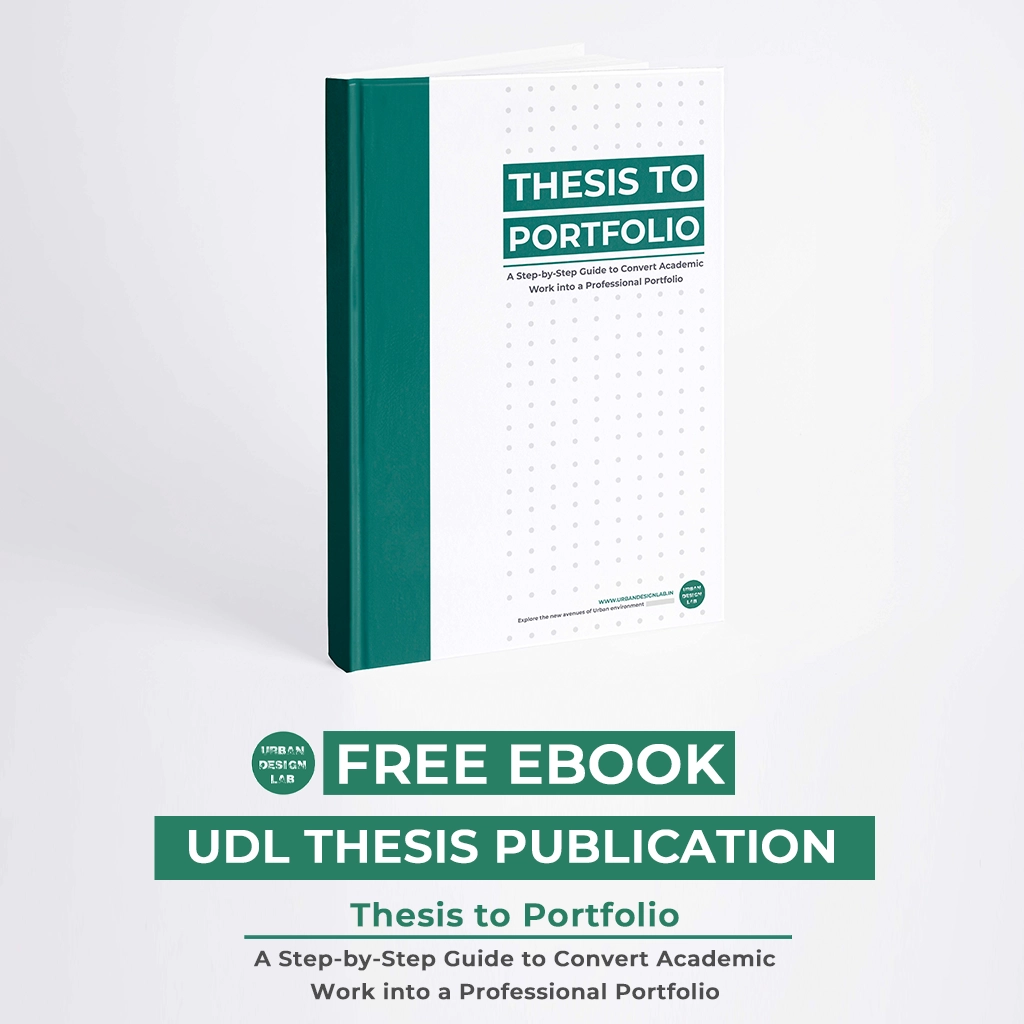
5 Comments
Thanks for making this easy to understand even without a background in it.
This post cleared up so many questions for me.
Very relevant and timely content. Appreciate you sharing this.
I really needed this today. Thank you for writing it.
I wish I had read this sooner!